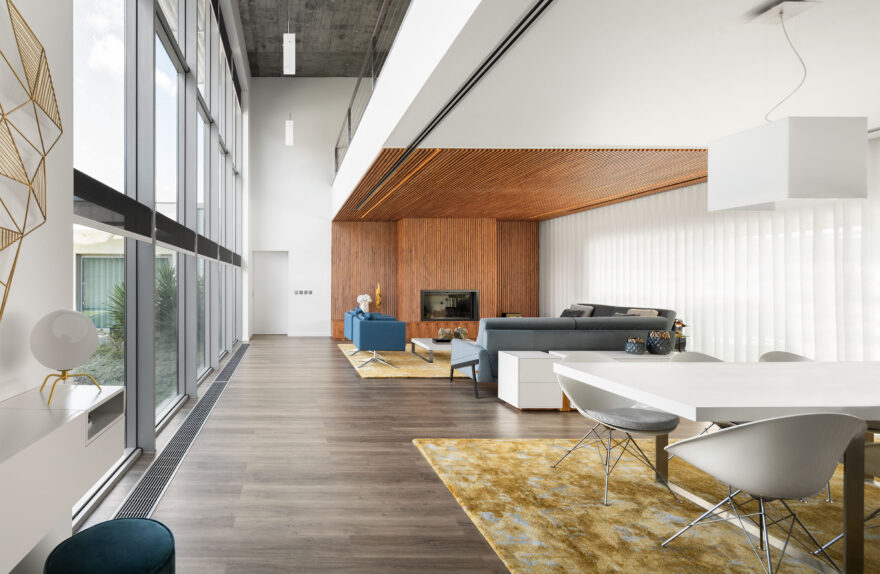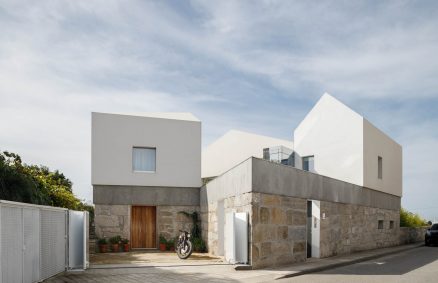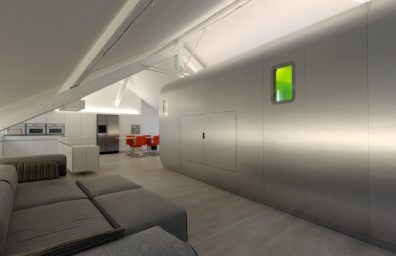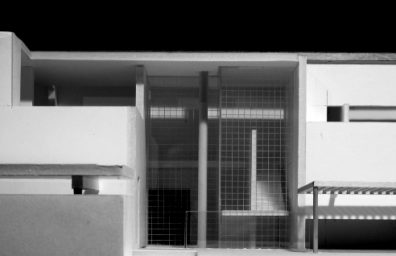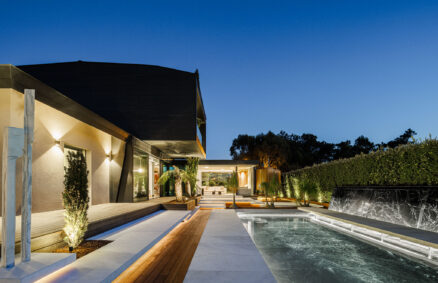The J HOUSE project, conceived by Maria Fradinho, represents an intelligent renovation of a badly damaged single-family house. Through targeted interventions, changes were made to the interiors, creating elegant suites and improving the layout of the spaces.
The J HOUSE project, conceived by Maria Fradinho, represents an example of intelligent and careful renovation of a badly damaged single-family house. The aim was to correct the pathologies deriving from poor construction choices and to remedy the dysfunctions in the organization of the internal spaces.
The main challenge was to transform the house, making it more versatile and with better finishes, without altering its original architectural essence. Therefore, a targeted surgery was performed, intervening only in the strictly necessary places.
The land on which the project is located includes two distinct areas: an urban one, with the house facing the main road, and a rural one for forestry use. In the latter, a new sports and leisure space has been created, a paddle tennis court with a garden area. This space connects to the annex, which has been transformed into an open and welcoming event room, ideal for socializing with friends and family.
The entire external environment has been reformulated to create a continuity between the two previously separate realities. An outdoor pathway invites socializing, connecting the outdoor lounge to the paddle tennis court.
An interesting aspect of the project is the use of metal structures to solve architectural problems, such as visual barriers and sun protection. This choice was influenced by the owner's profession, linked to the metallurgical industry, and helped to promote his identity in the building.
On the facade of the annex a metal pergola structure was built which connects the house, giving a new design to the J-shaped building, hence the name of the project. This pergola provides the necessary protection for the annex, allowing it to be used outside as well.
Other external changes concern the creation of a vertical barrier on the west side of the pool, to separate it from the vegetation and protect the leisure space from indiscreet neighbours.
The most significant changes are found in the interior of the house. The number of rooms has been reduced from four to three, turning them all into elegant suites. The two new suites are made up of a wardrobe area which connects in a natural and contiguous way to the sanitary installation through a glass wall, which joins the two areas.
The main suite has been enlarged with a wardrobe and has undergone a complete renovation of the sanitary installation, including a new larger window to ensure better ventilation and lighting, without compromising privacy.
Furthermore, the unification of the living room and kitchen was proposed, by tearing down part of the concrete wall that separated them. This created a unique and welcoming space able to bring together the family, who previously lived separate between the two rooms.
To make this room actually usable, it was essential to provide it with elements of thermal and visual comfort. The ceiling height of the living room was reduced and wooden slats were installed to contain sound and temperature, clearly defining a comfortable living space and distinguishing it from the dining area, closely connected to the kitchen.
However, to make the use of this room possible, it was also necessary to intervene on the north facade of the building. The opening of a new entrance from the rear courtyard has been proposed, which guarantees a separate access point from the car park, which takes place on that side. Previously, entry was through the kitchen and inhabitants tended to stay there, as it was a smaller, more welcoming and more comfortable space than the living room.
In addition to all these changes, it was crucial to address existing construction pathologies, especially water infiltration. A rainwater filtration system was created and perimeter drainage was created around the house, especially in the areas most exposed to water. Adequate waterproofing of floors and walls was also ensured, in order to prevent the humidity problems previously encountered.
After solving the infiltration problems, all the finishing materials were replaced or restored, in order to completely renovate the villa and give it a contemporary look. High quality finishing materials have been chosen, combining sober tones and modern finishes, to give the building a new look, almost as if it were a completely new home.
The J HOUSE project demonstrates how it is possible to transform a badly damaged house into a modern and functional residence while preserving the essence of the original architecture. Thanks to targeted interventions, a vision attentive to functionality and aesthetics and attention to detail, Maria Fradinho has transformed this house into a versatile and comfortable place to live. The inhabitants can now enjoy new living conditions and outdoor leisure spaces.
The outcome of this project demonstrates how architectural renovation can transform existing buildings into contemporary homes, responding to the needs of the inhabitants and improving the quality of life. J HOUSE represents an inspiring example of how architecture and design can transform living spaces, offering creative and functional solutions to the challenges that pre-existing buildings can present.
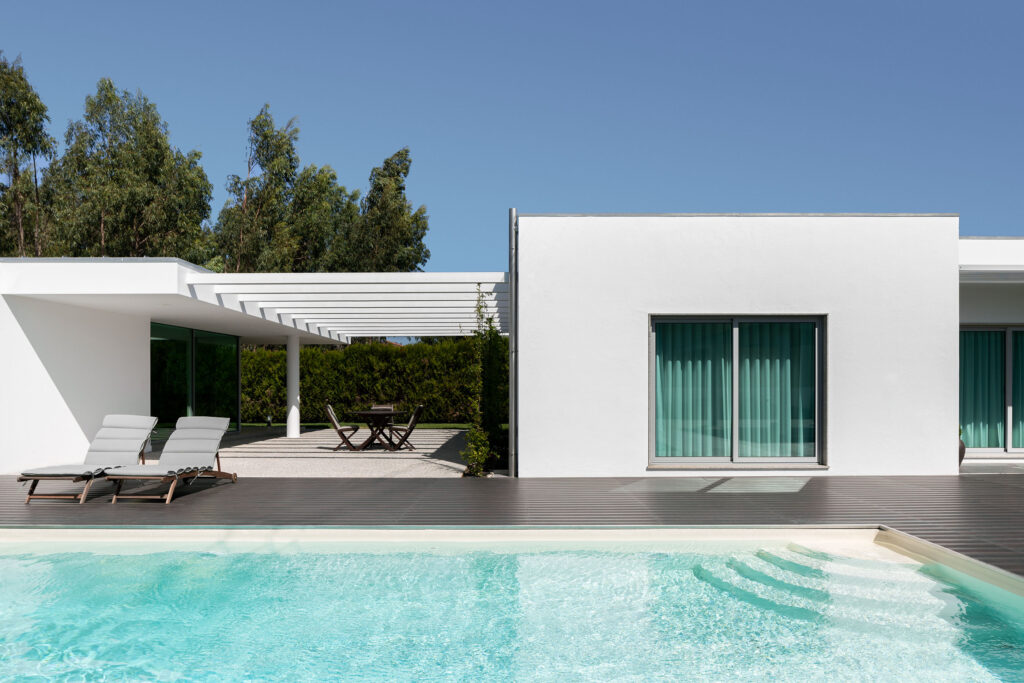
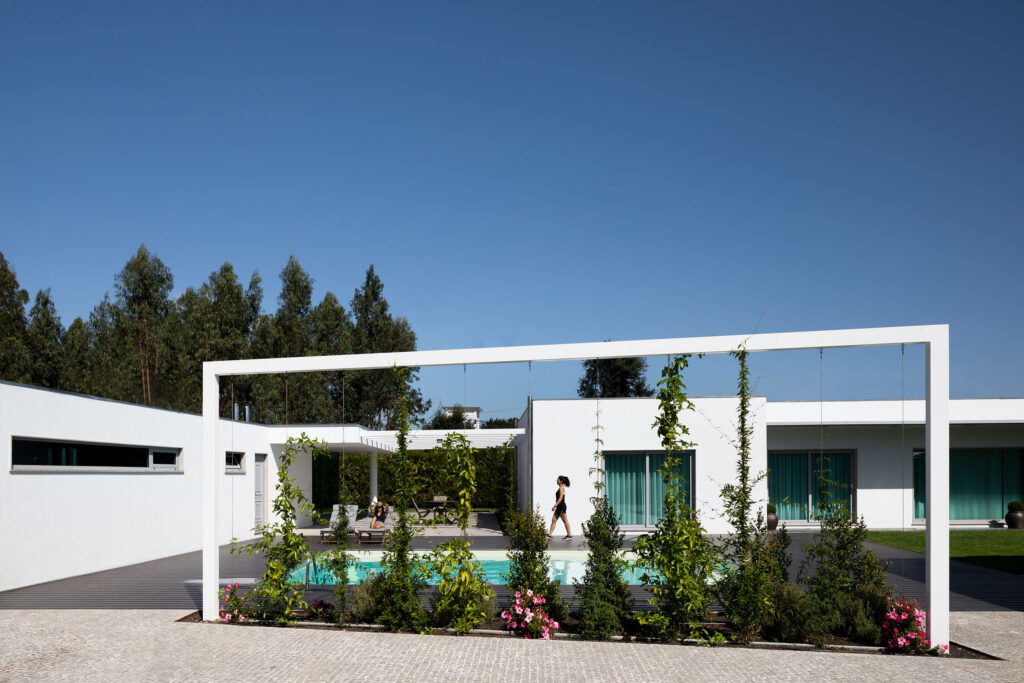
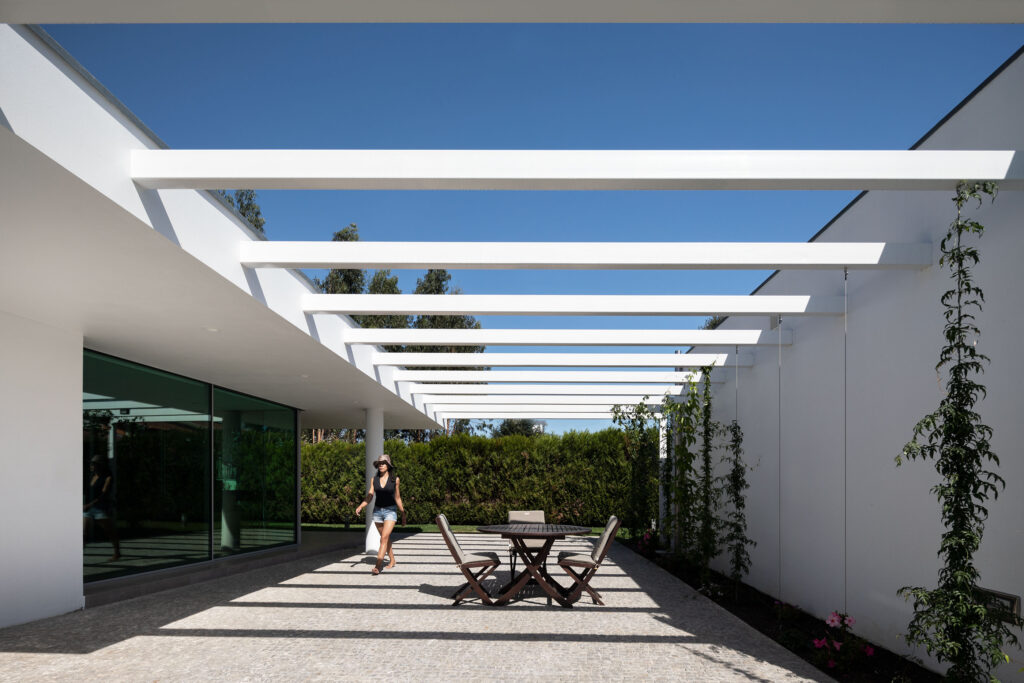
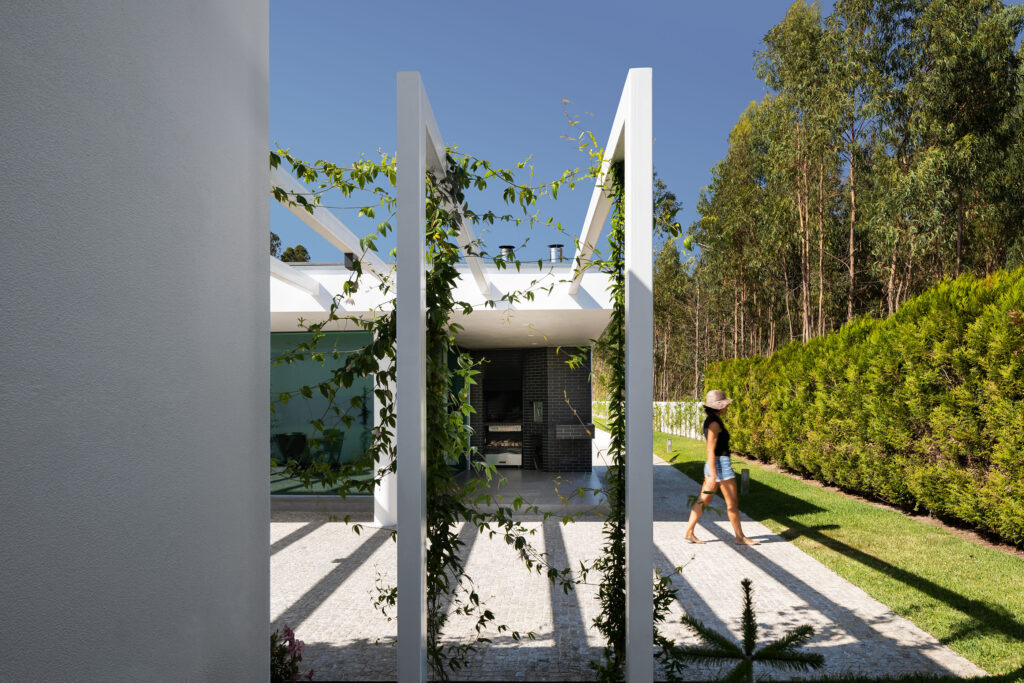
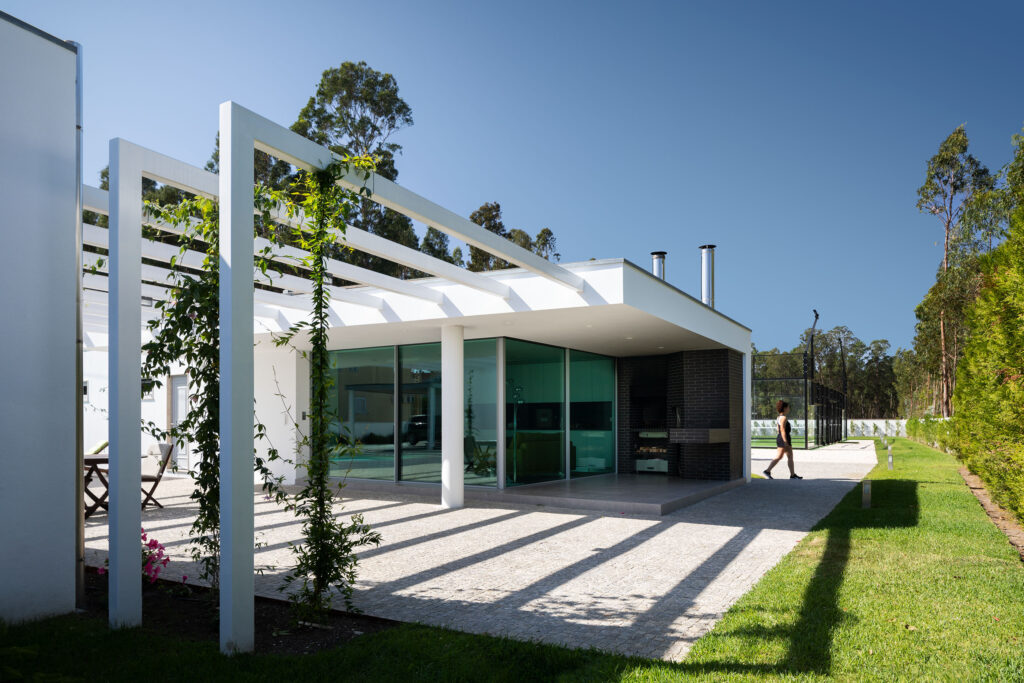
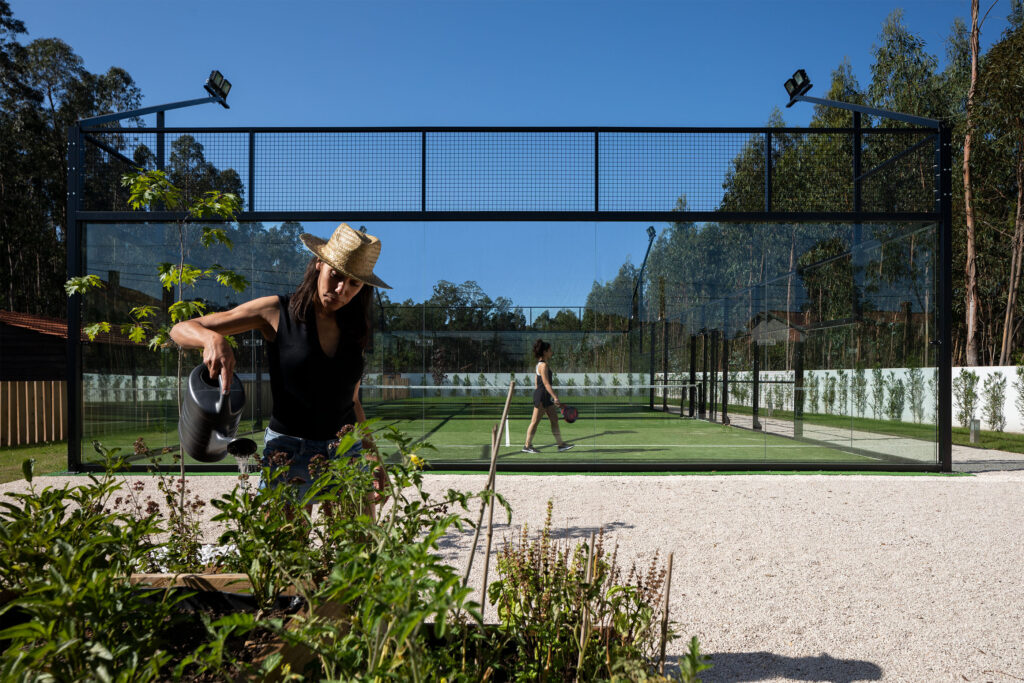
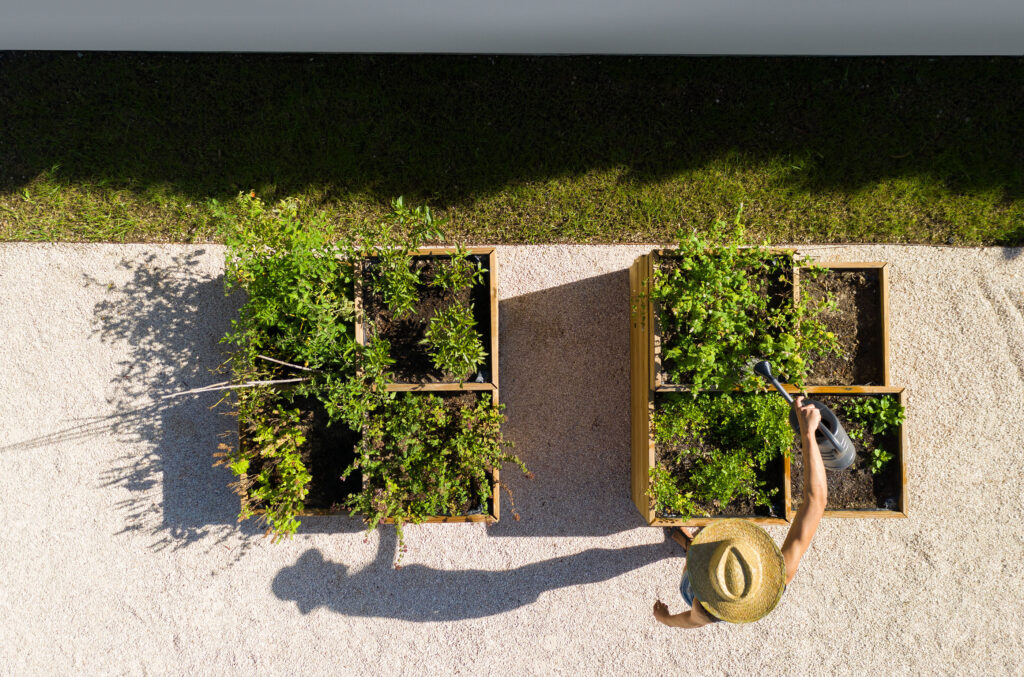
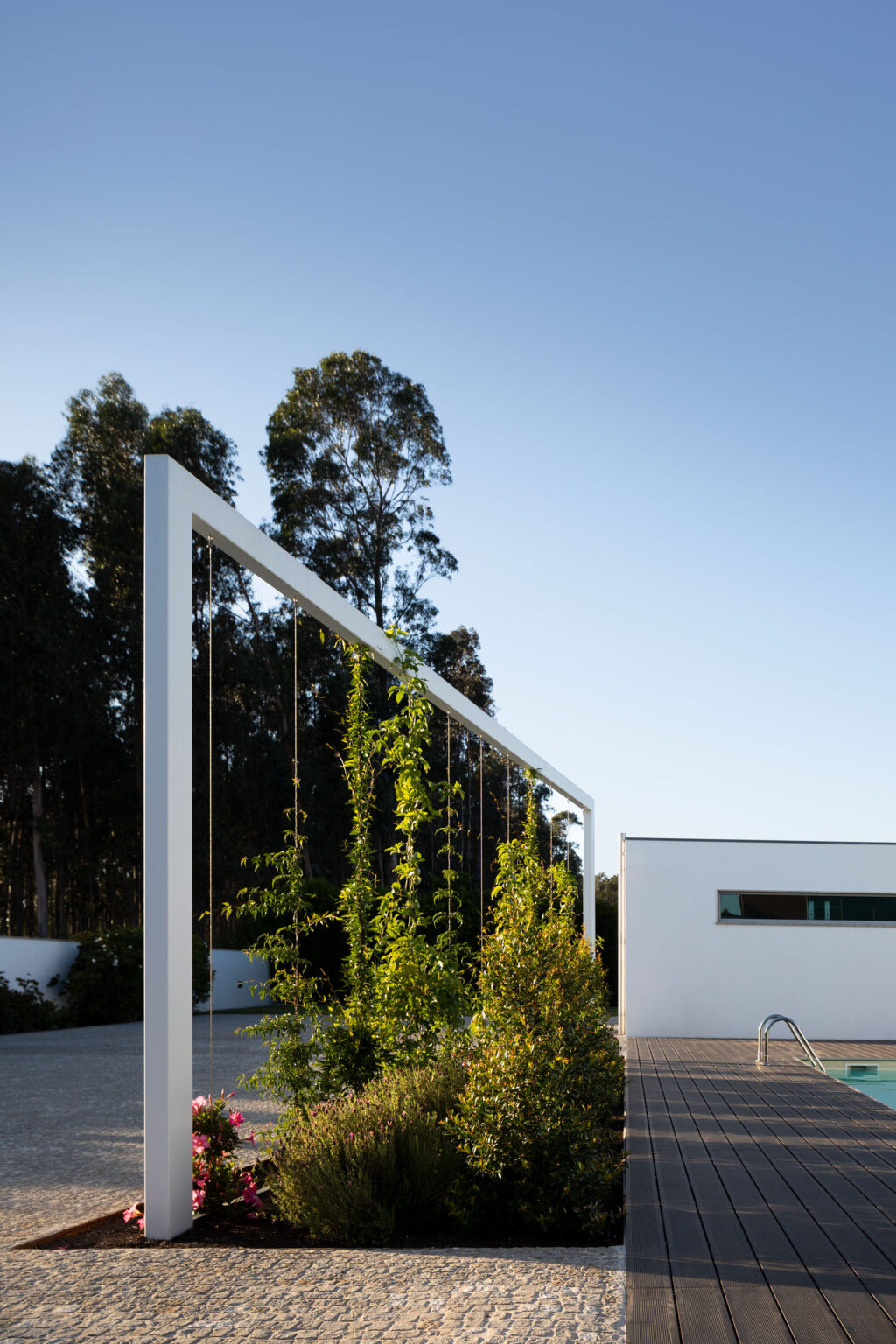
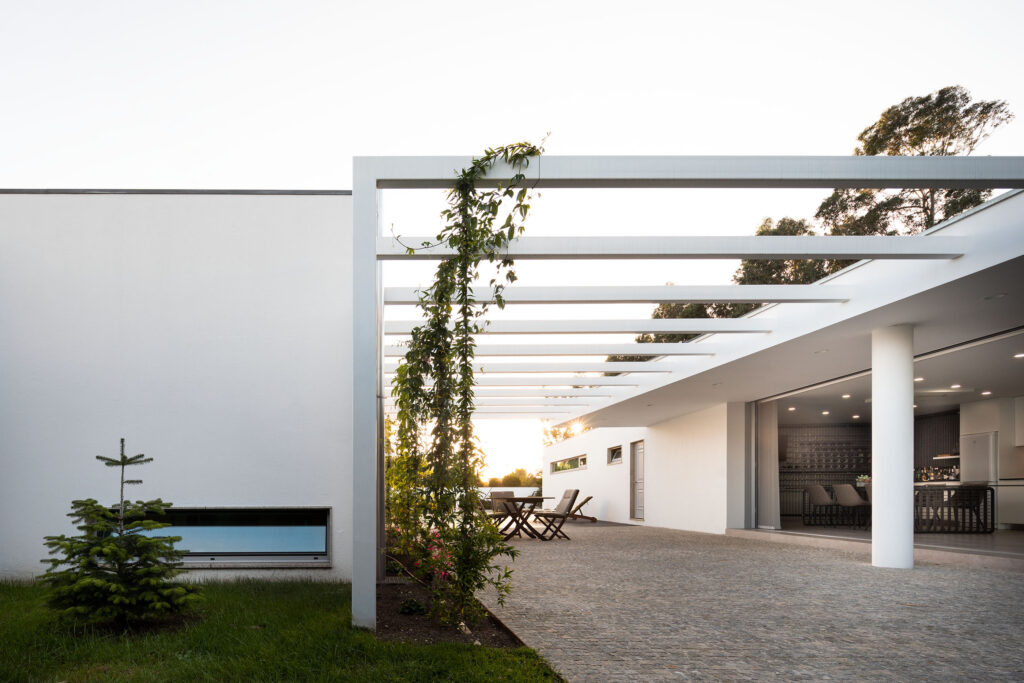
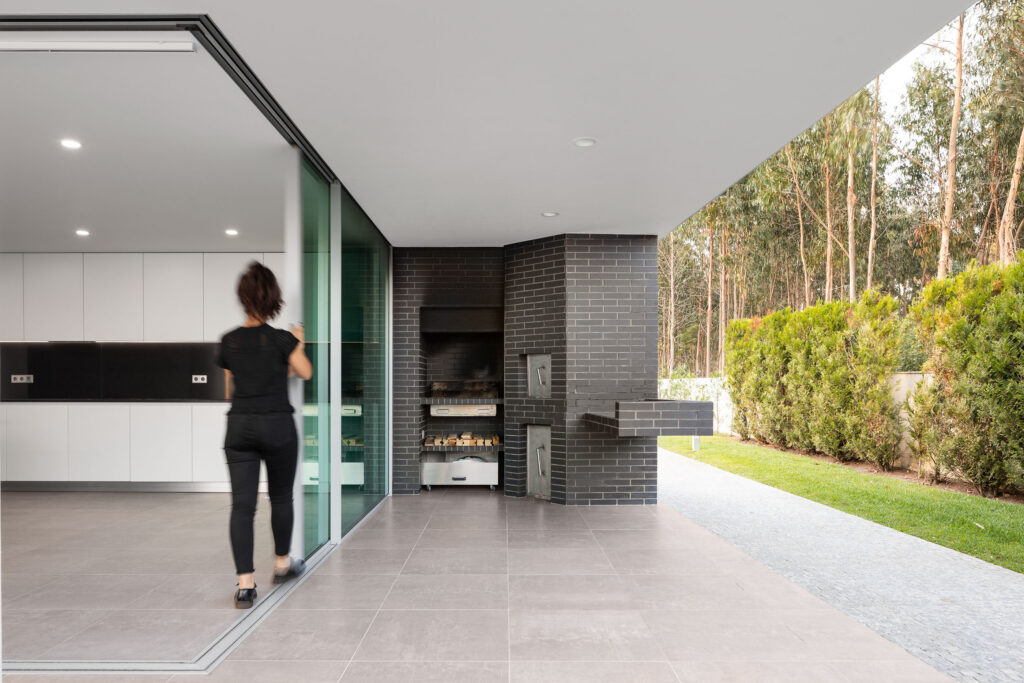
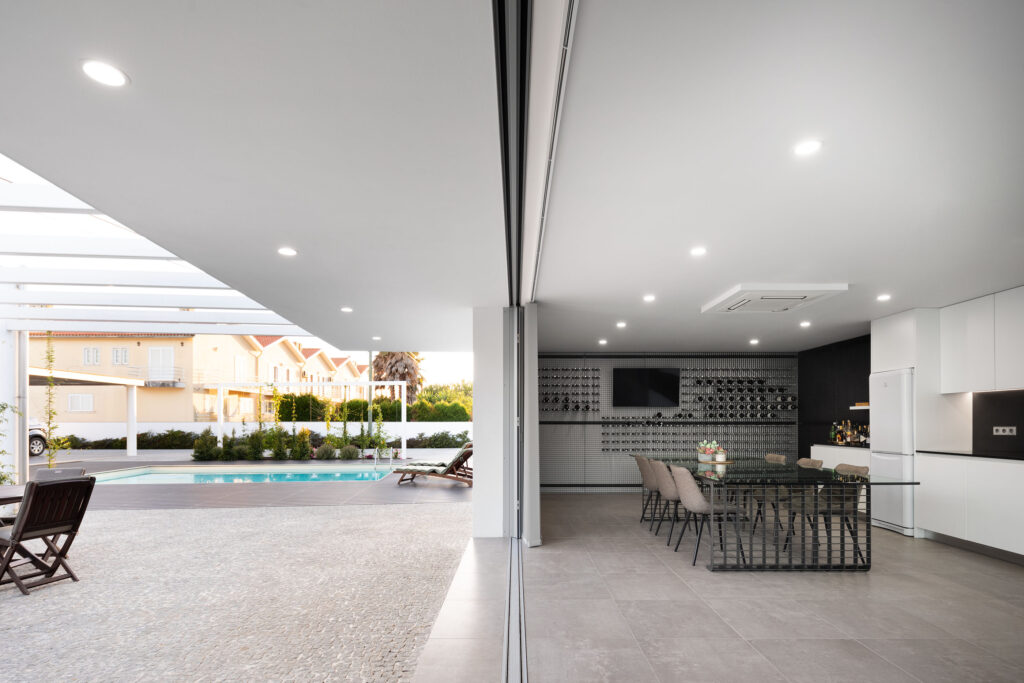
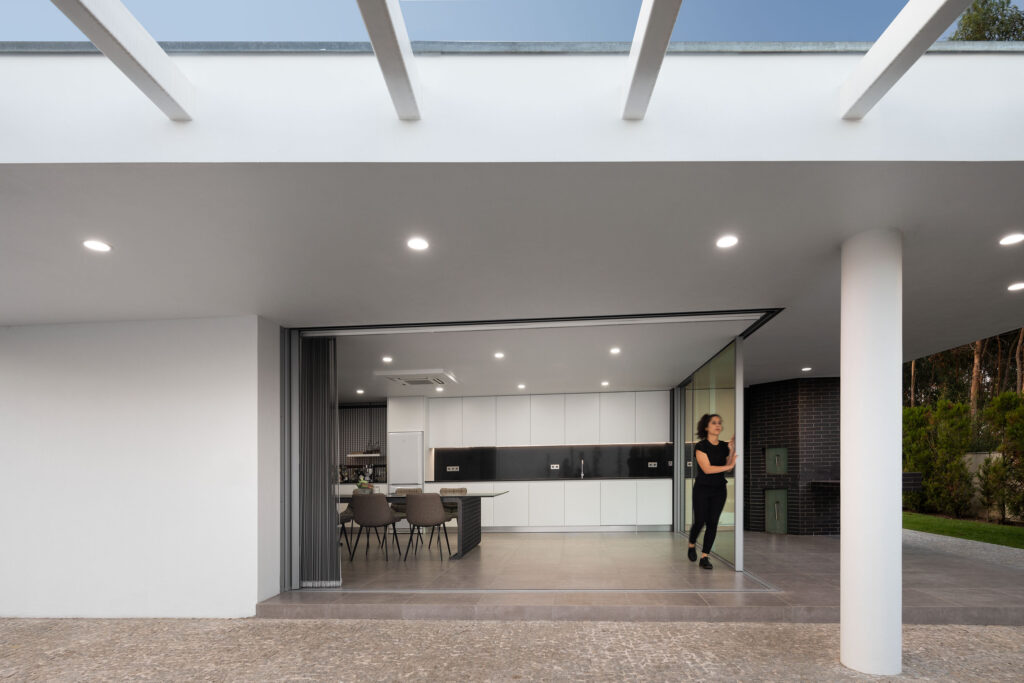
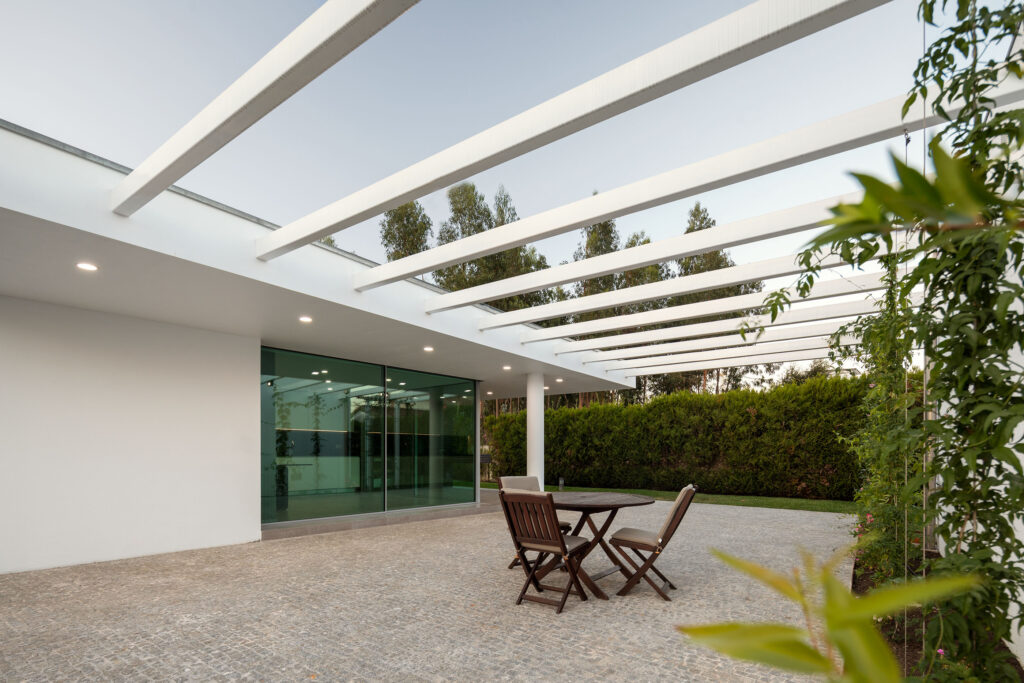
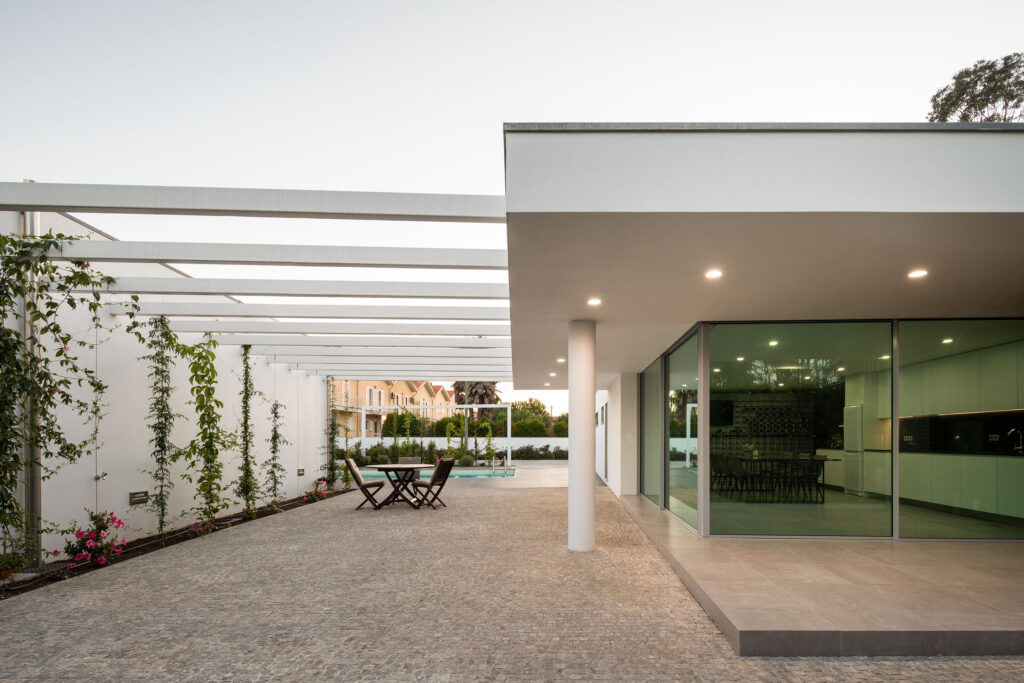
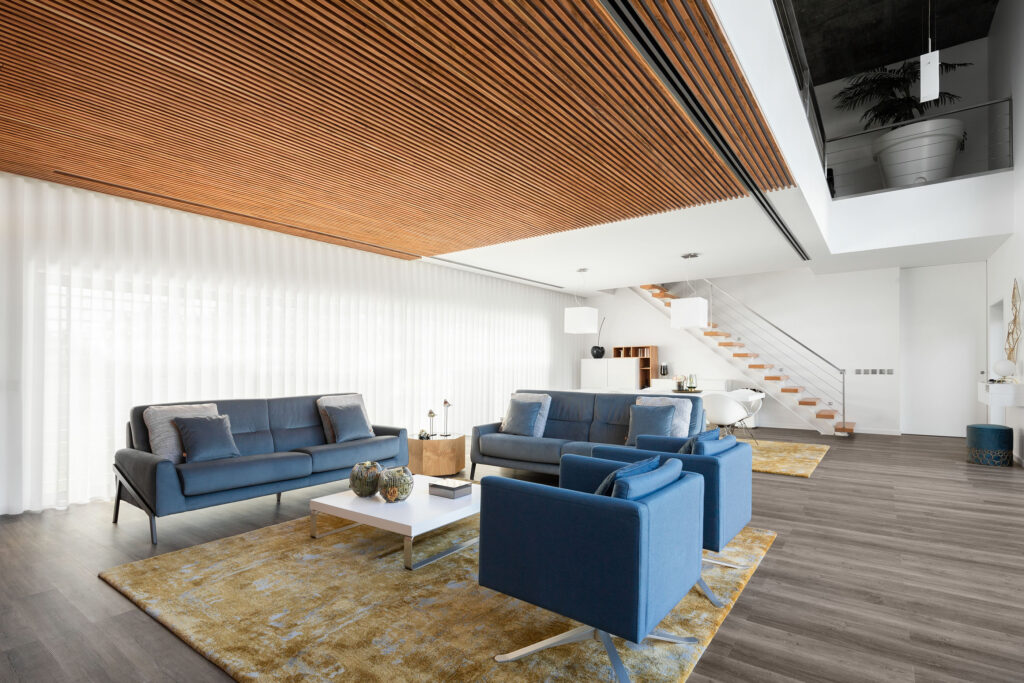
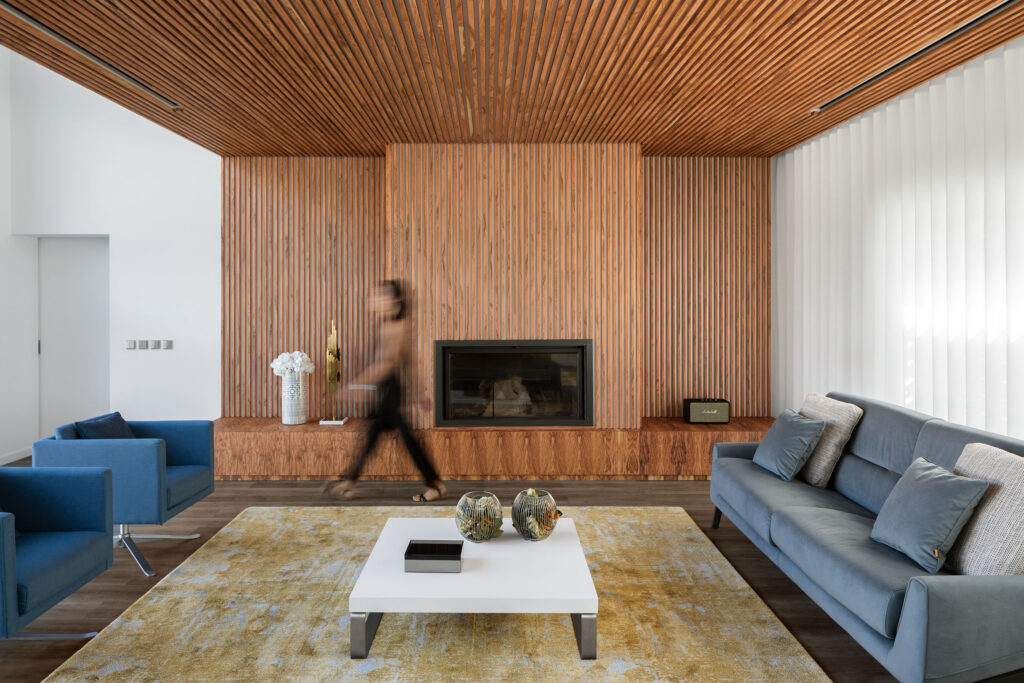
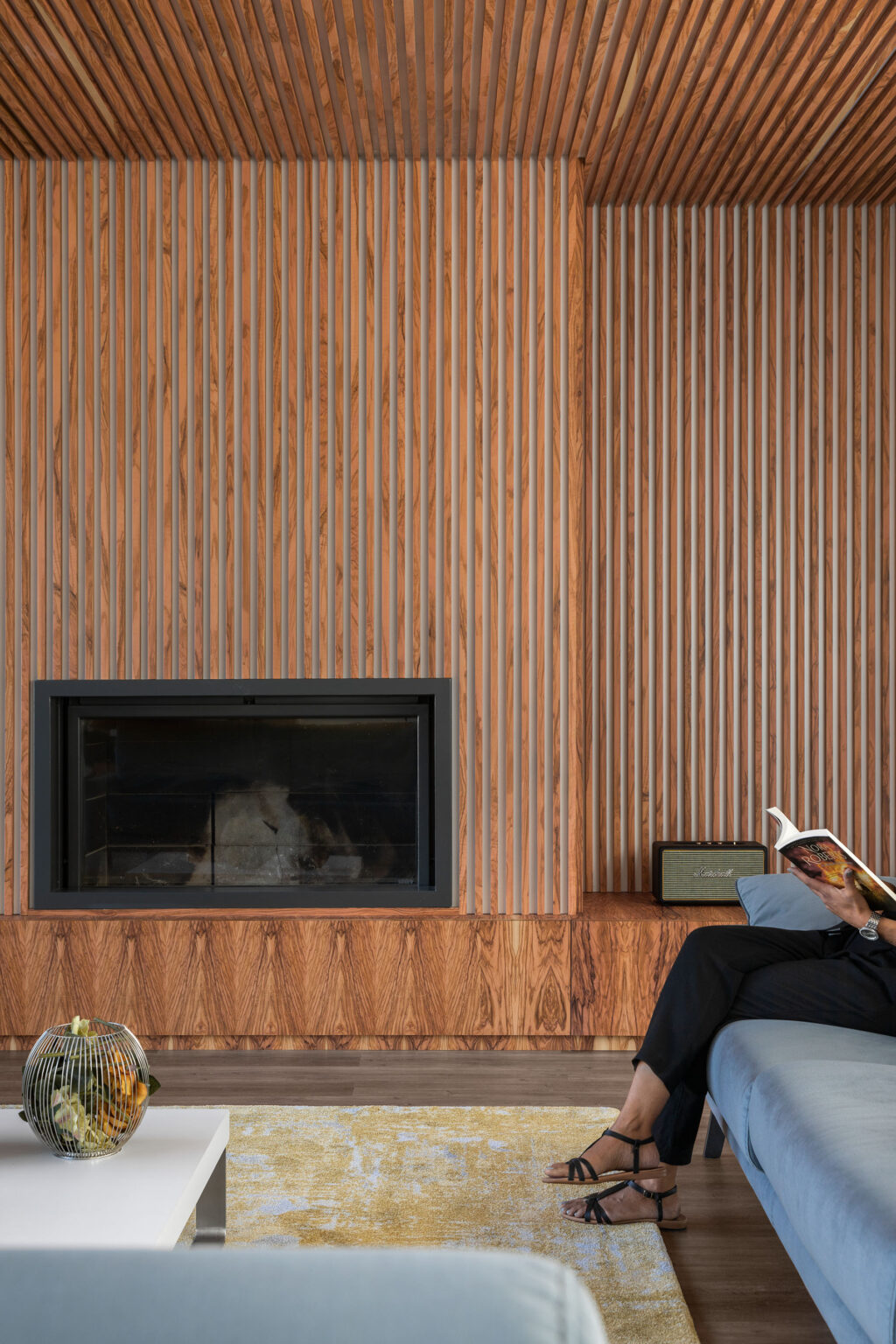
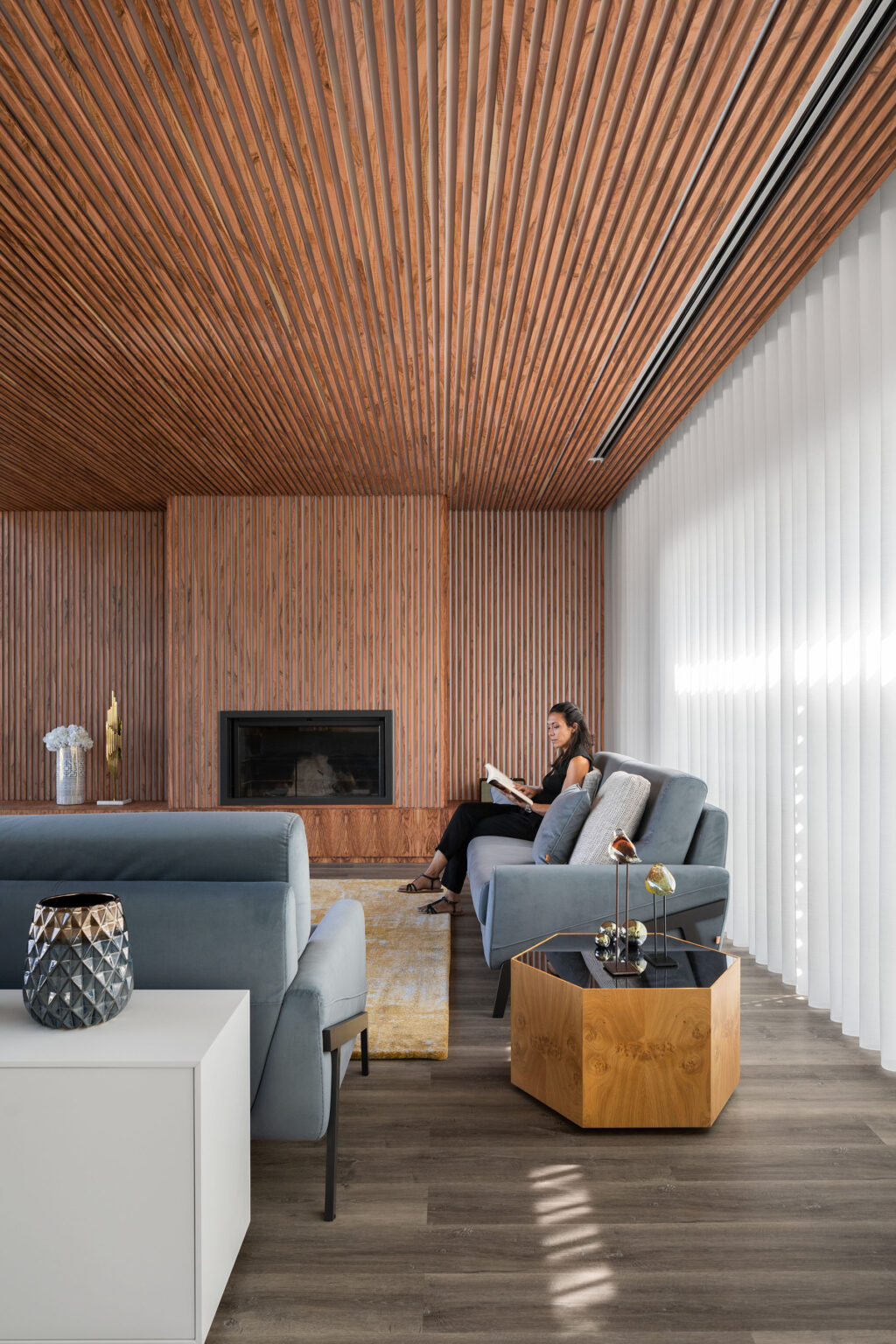
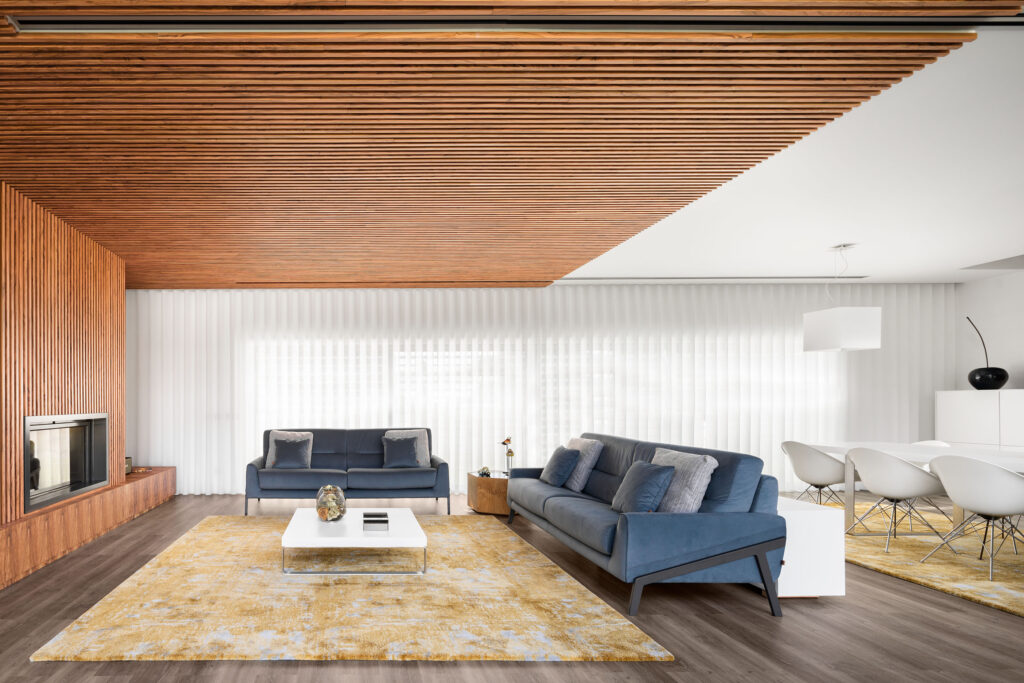
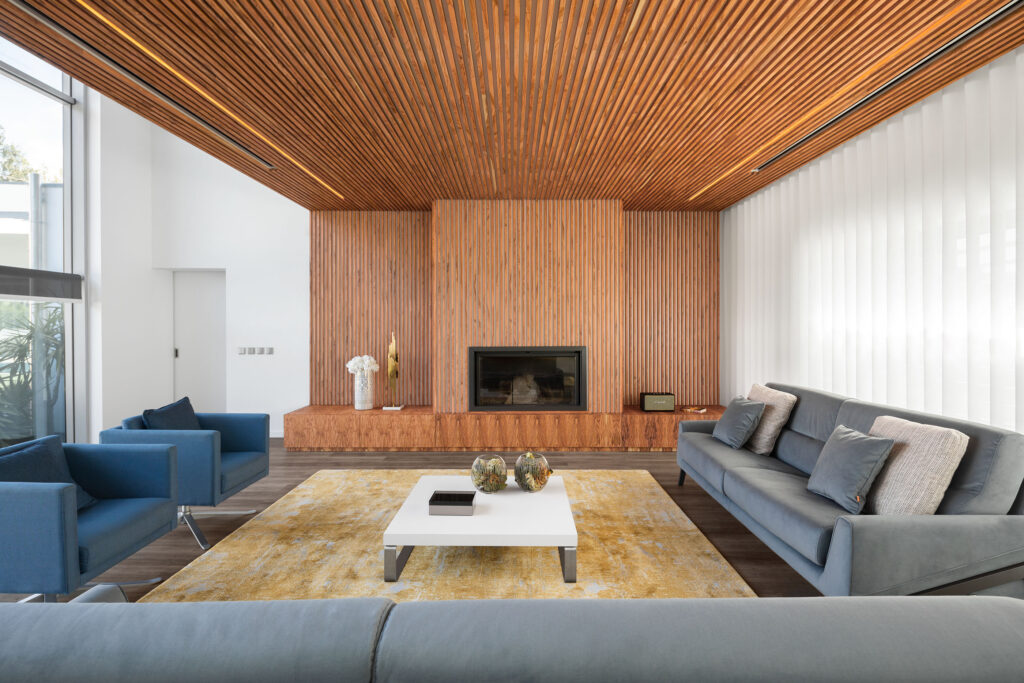
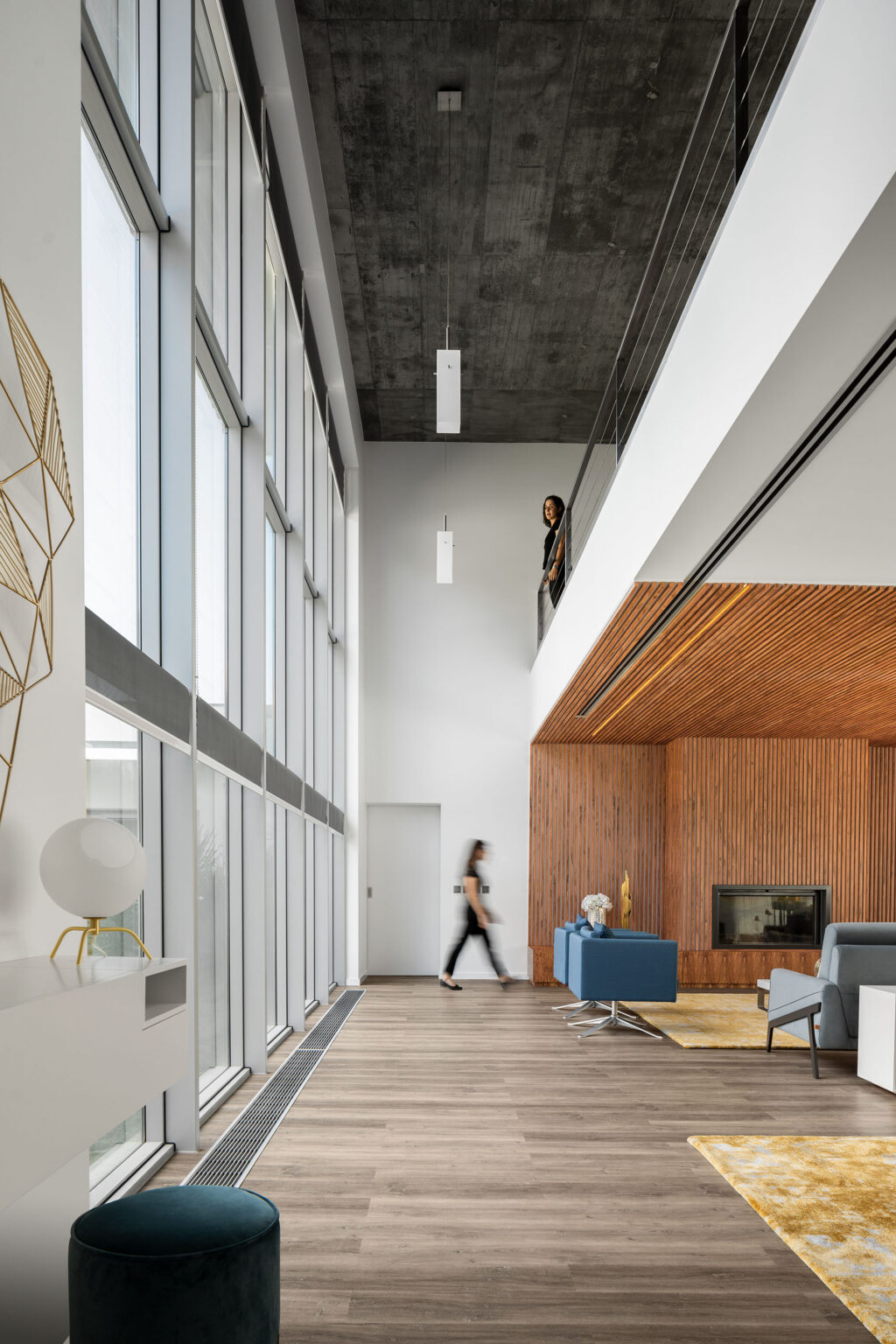
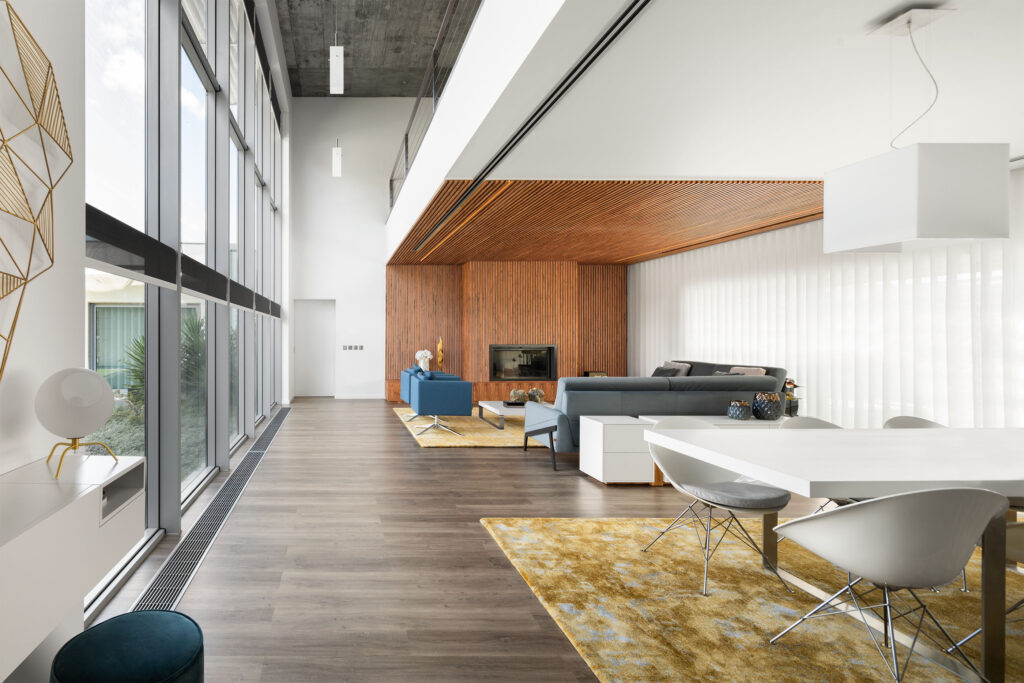
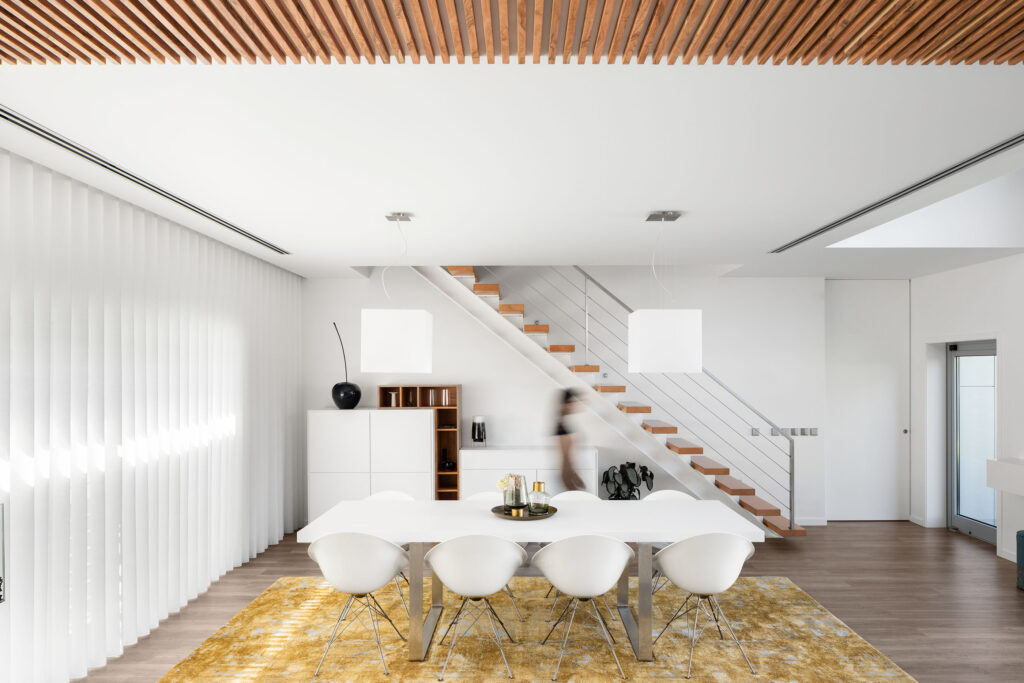
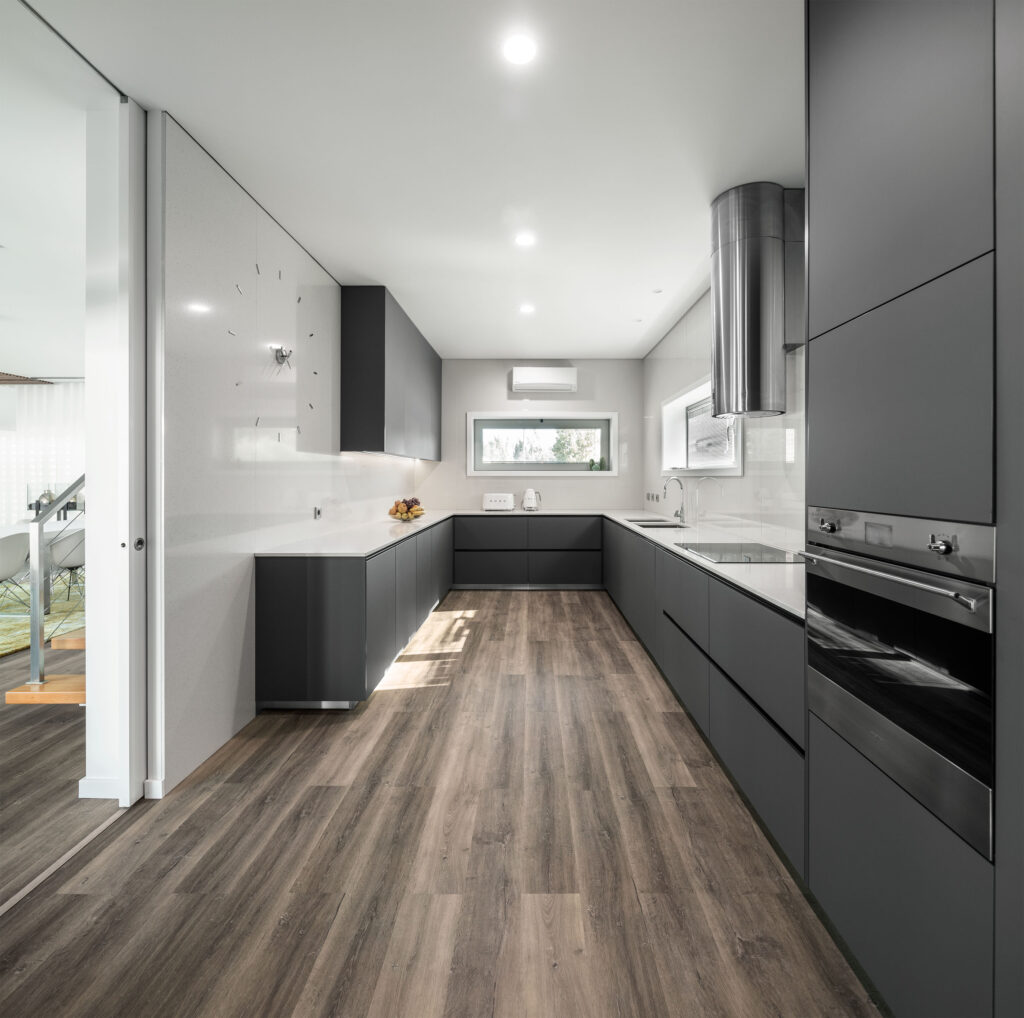
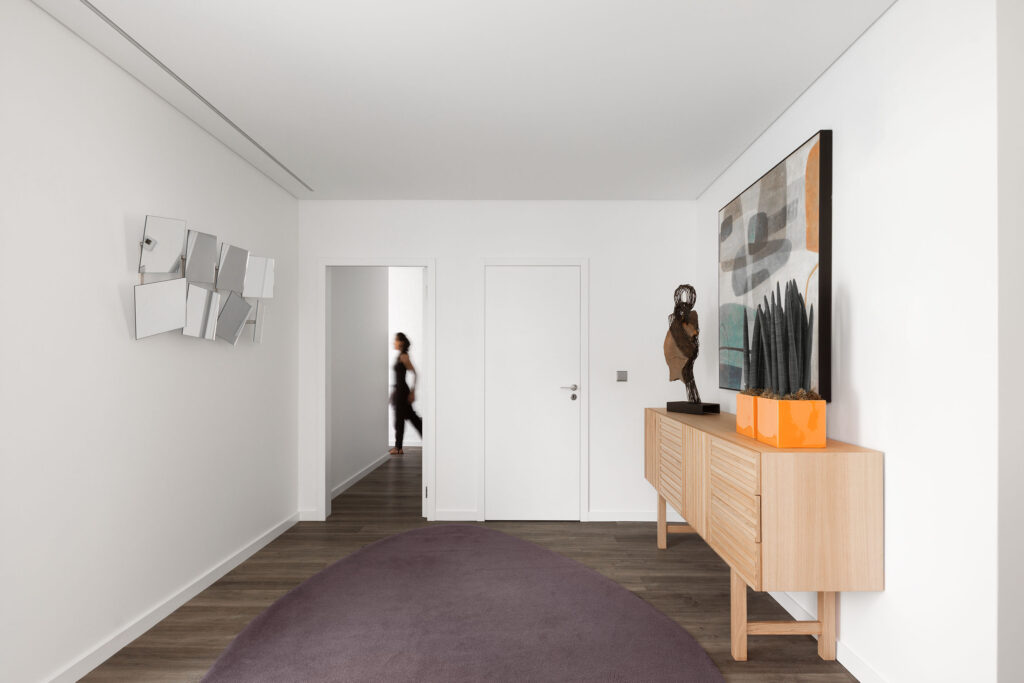
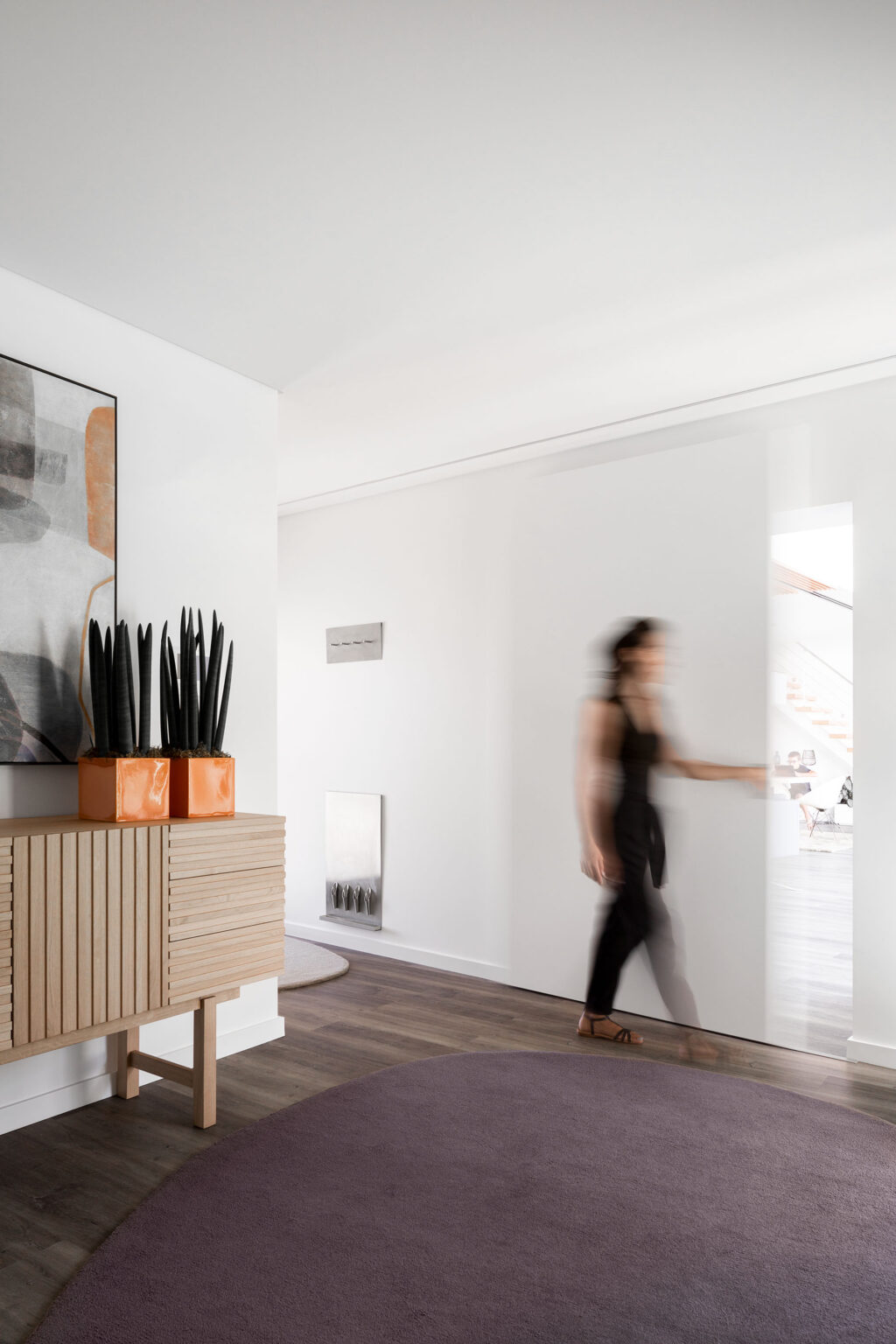
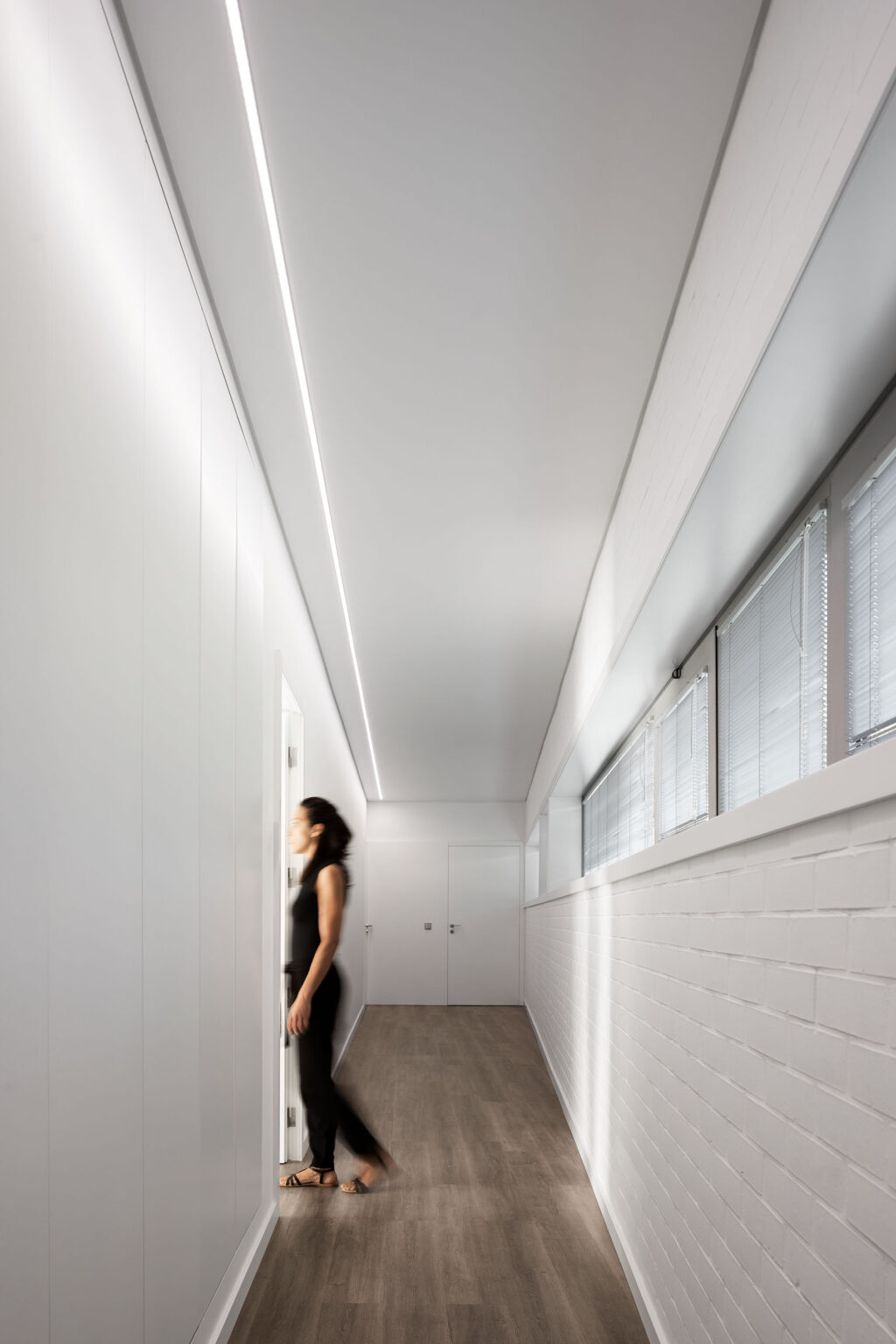
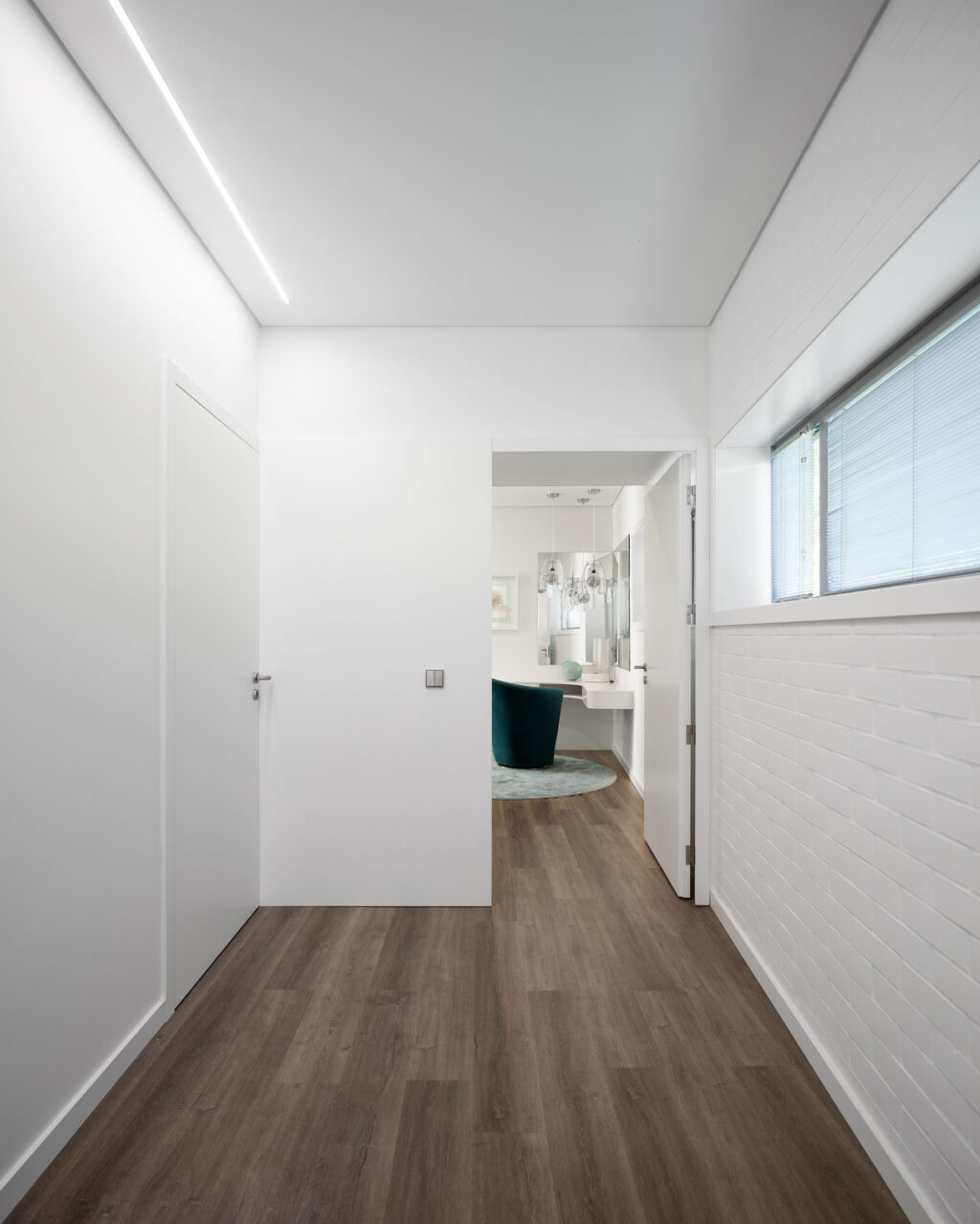
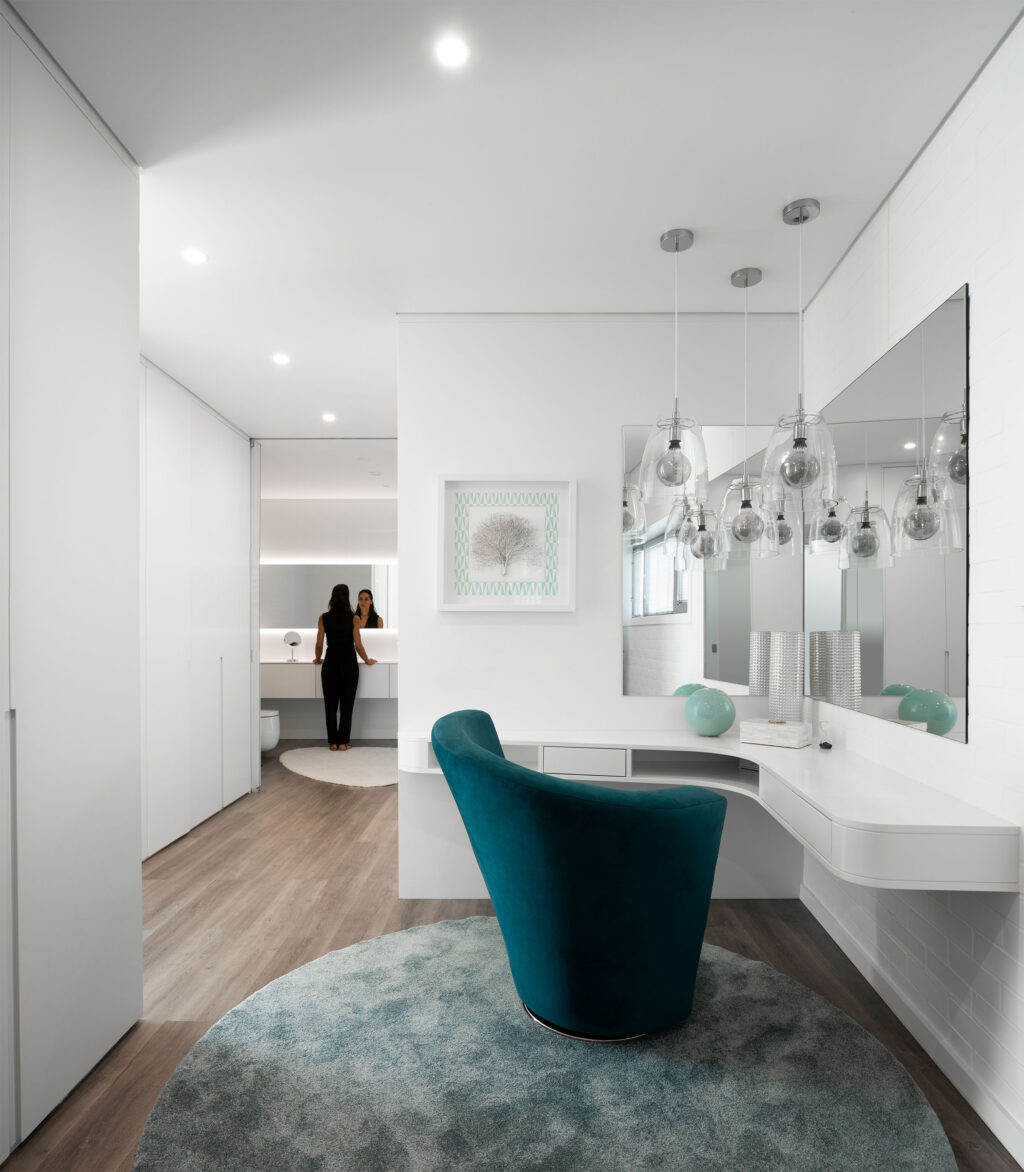
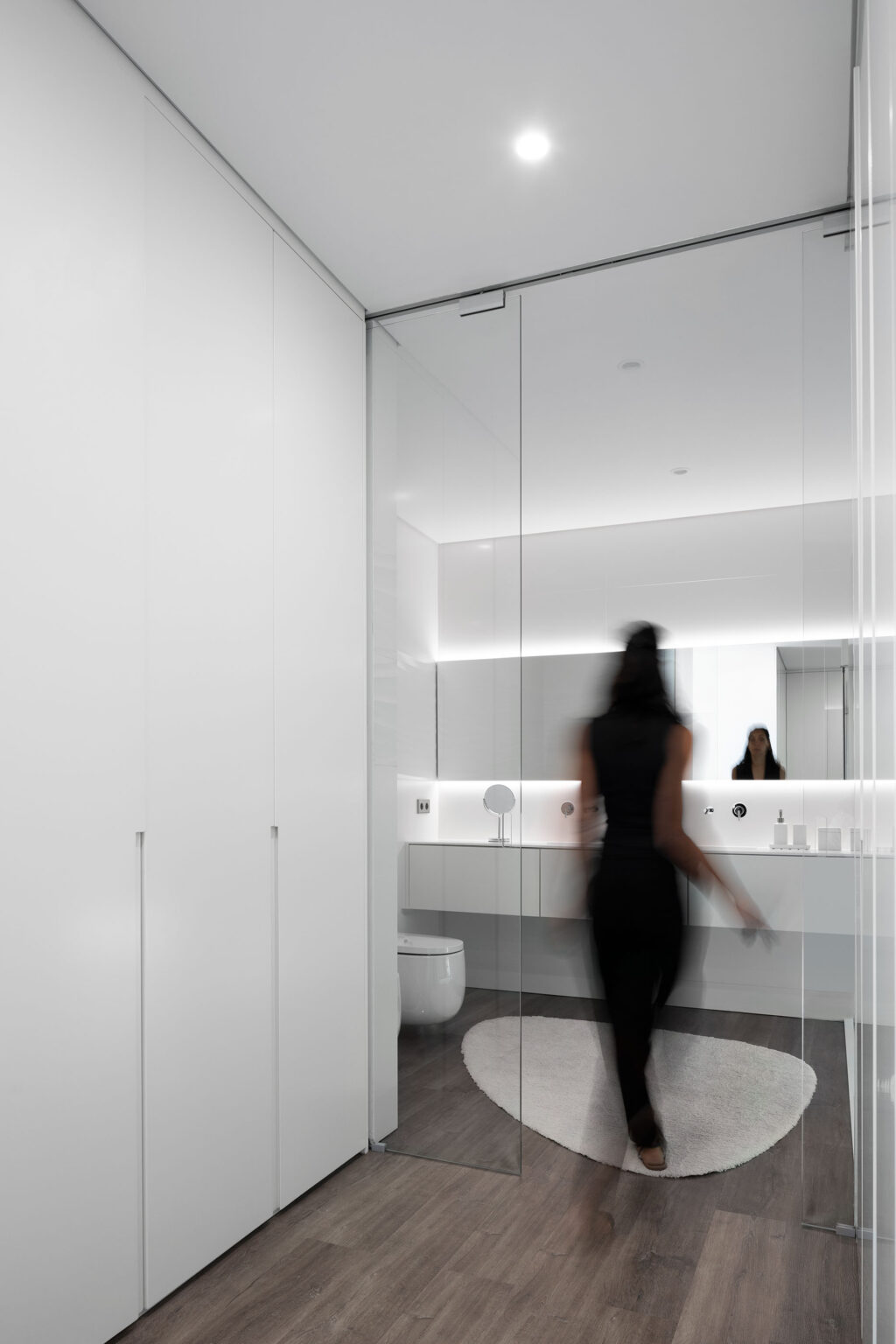
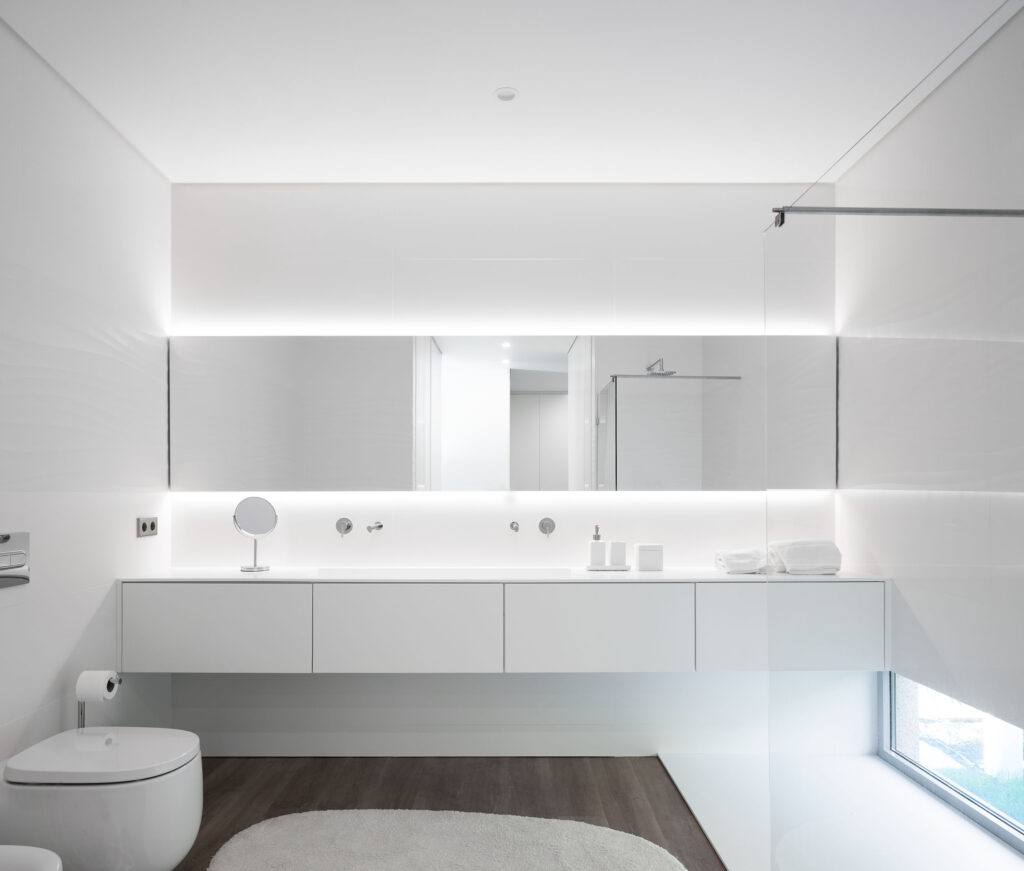
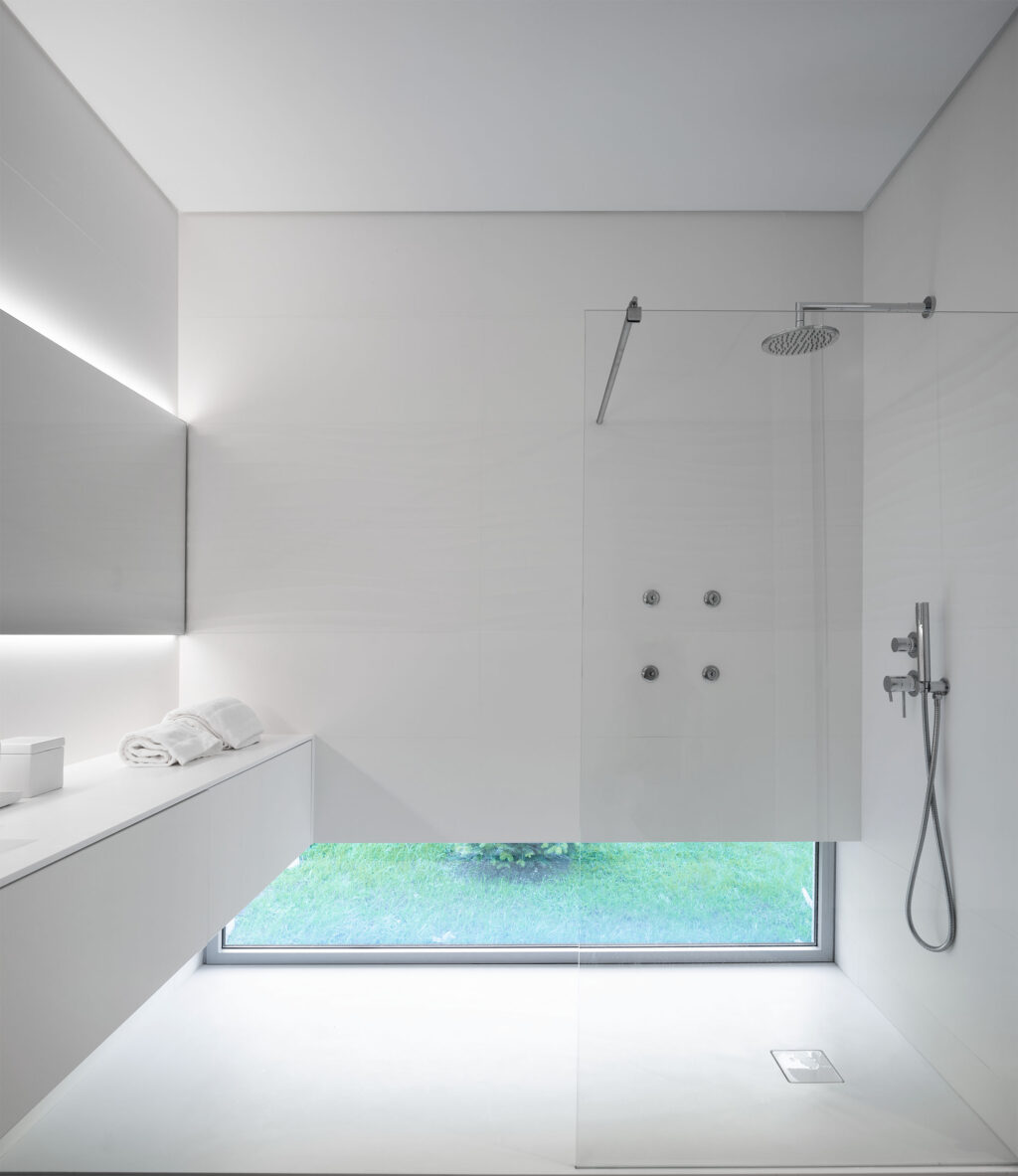
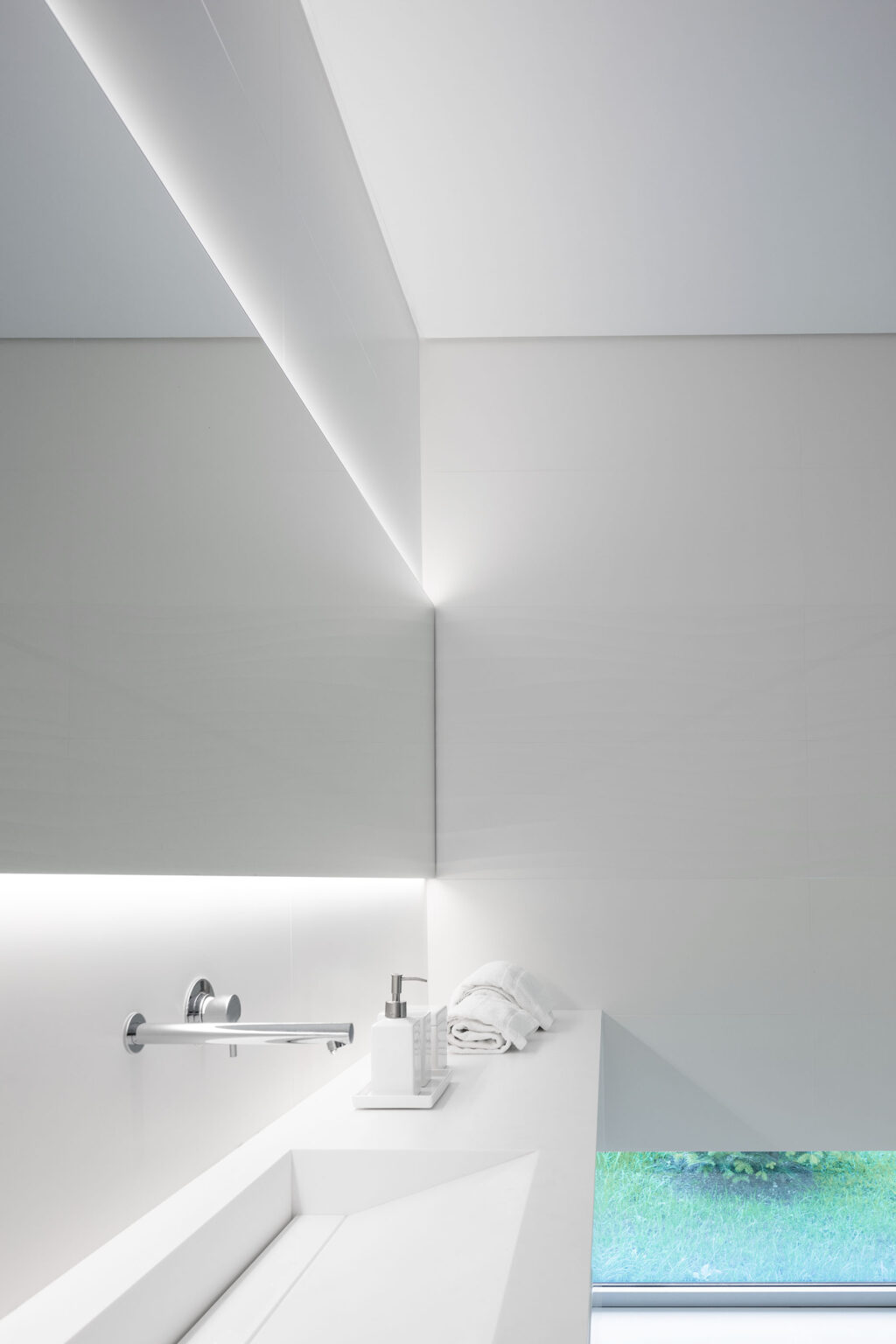
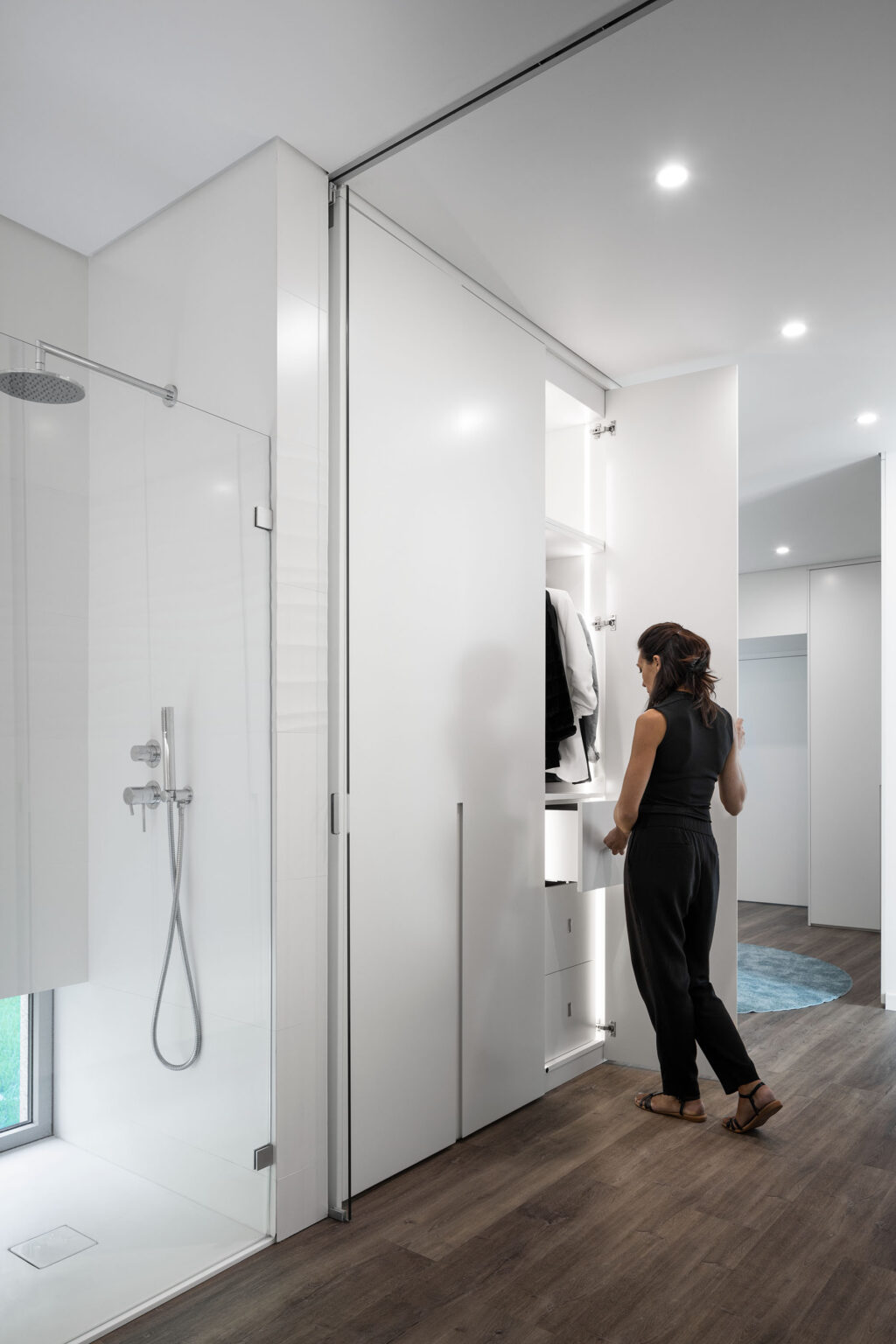
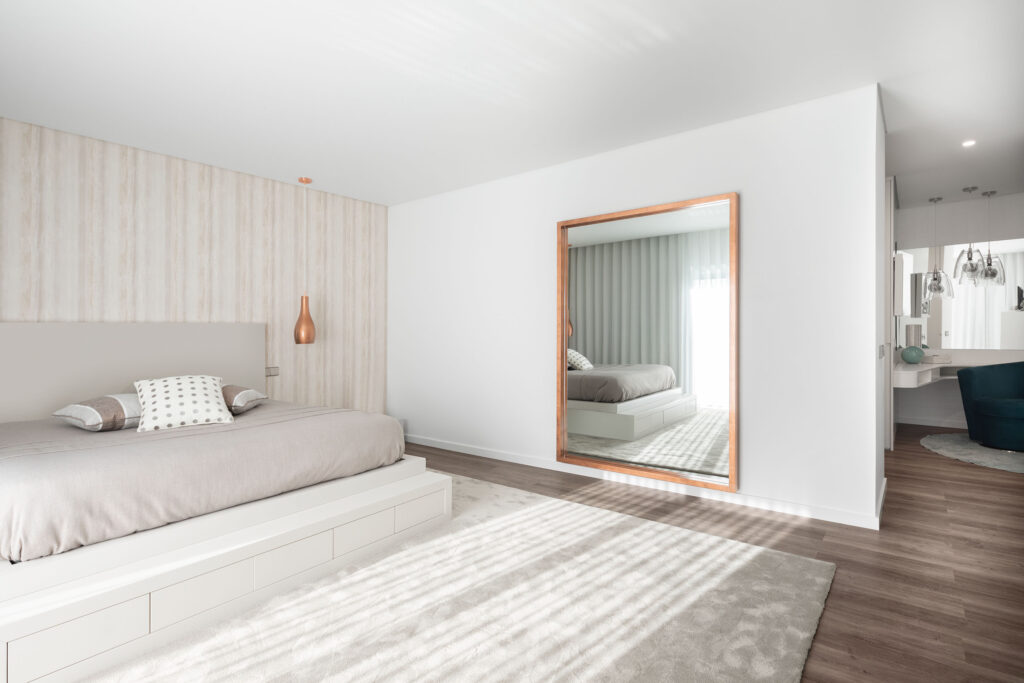
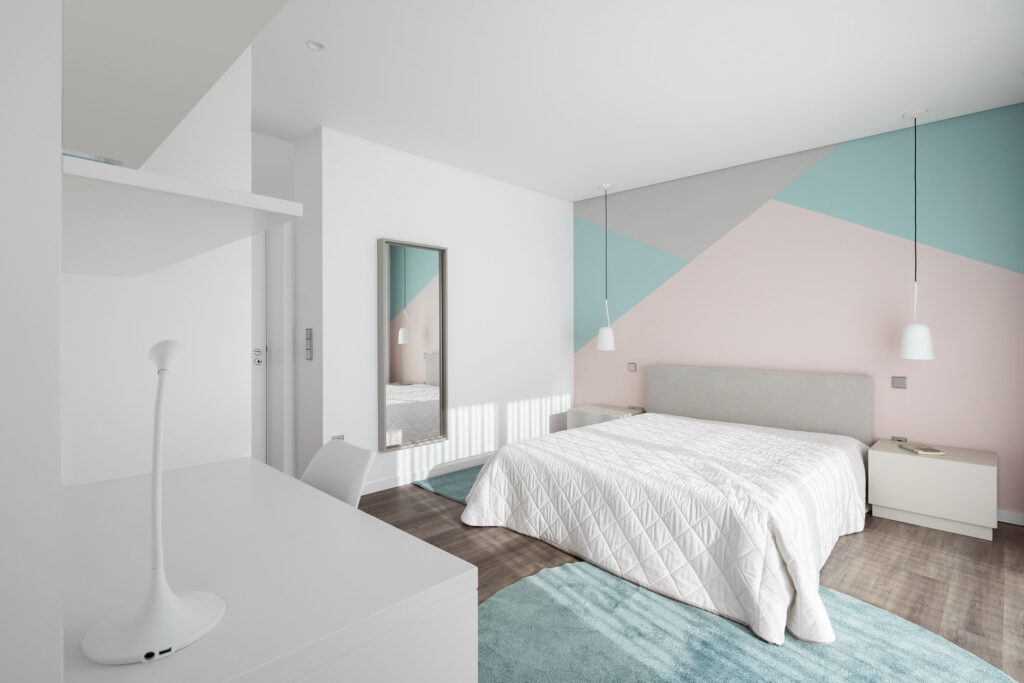
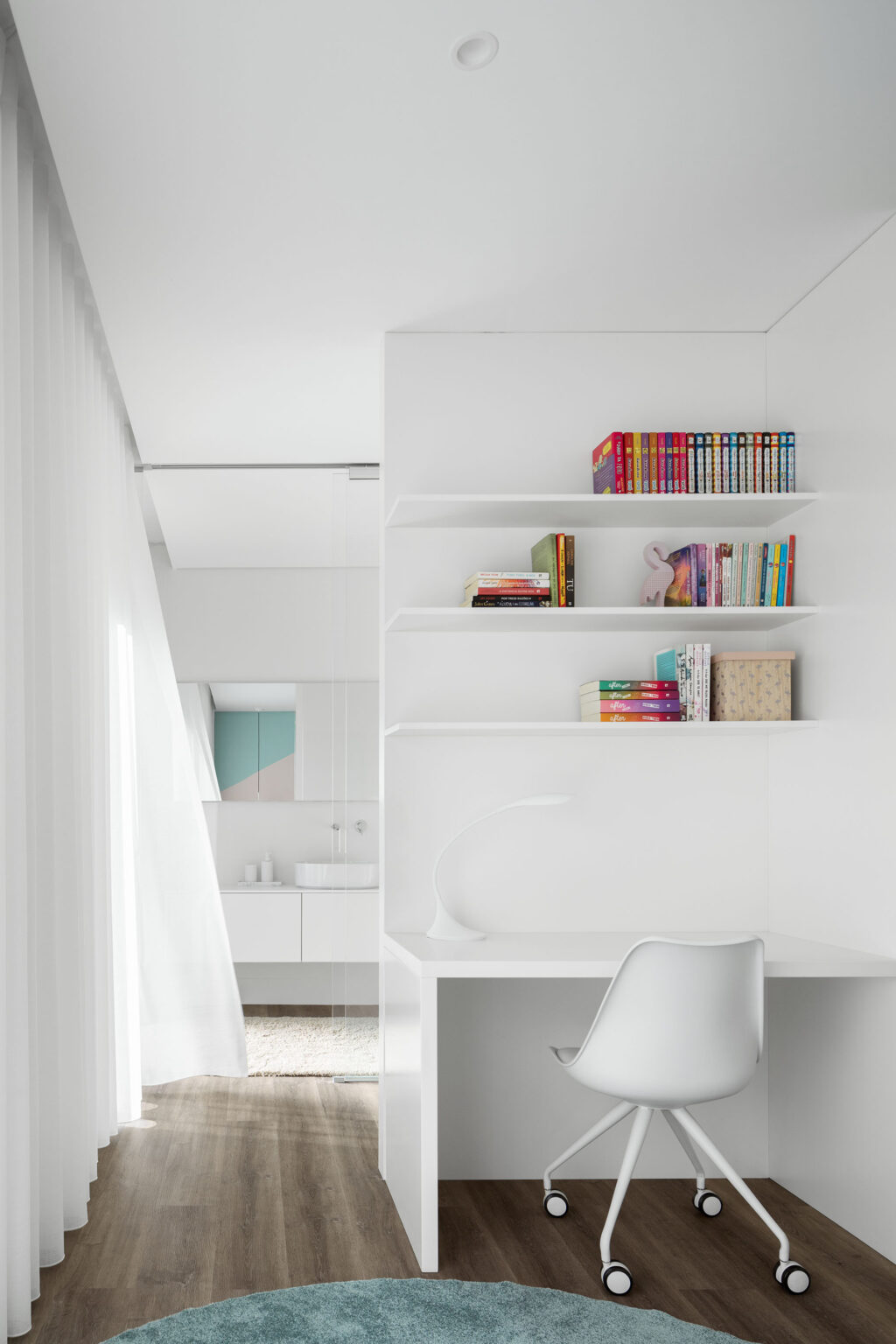
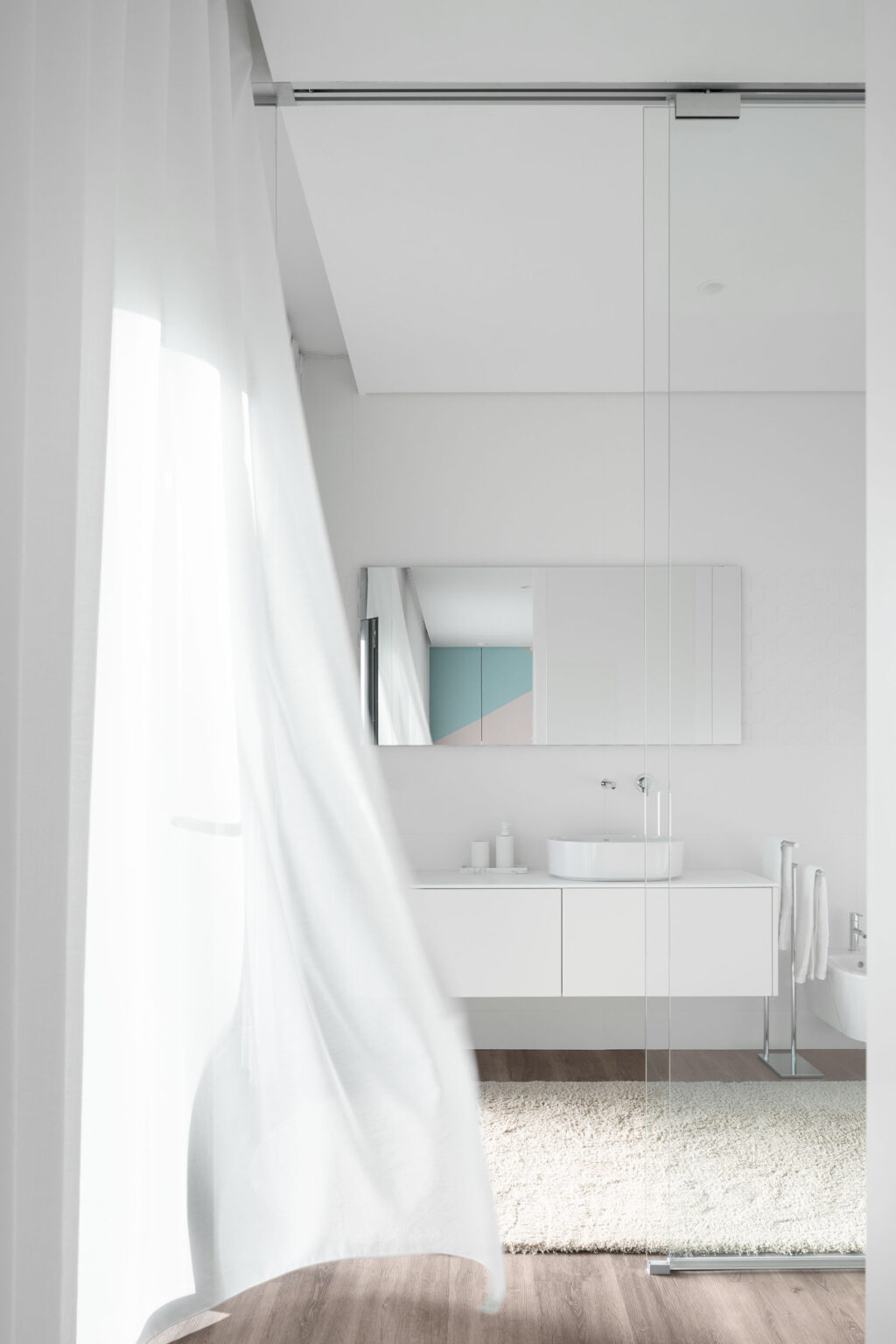
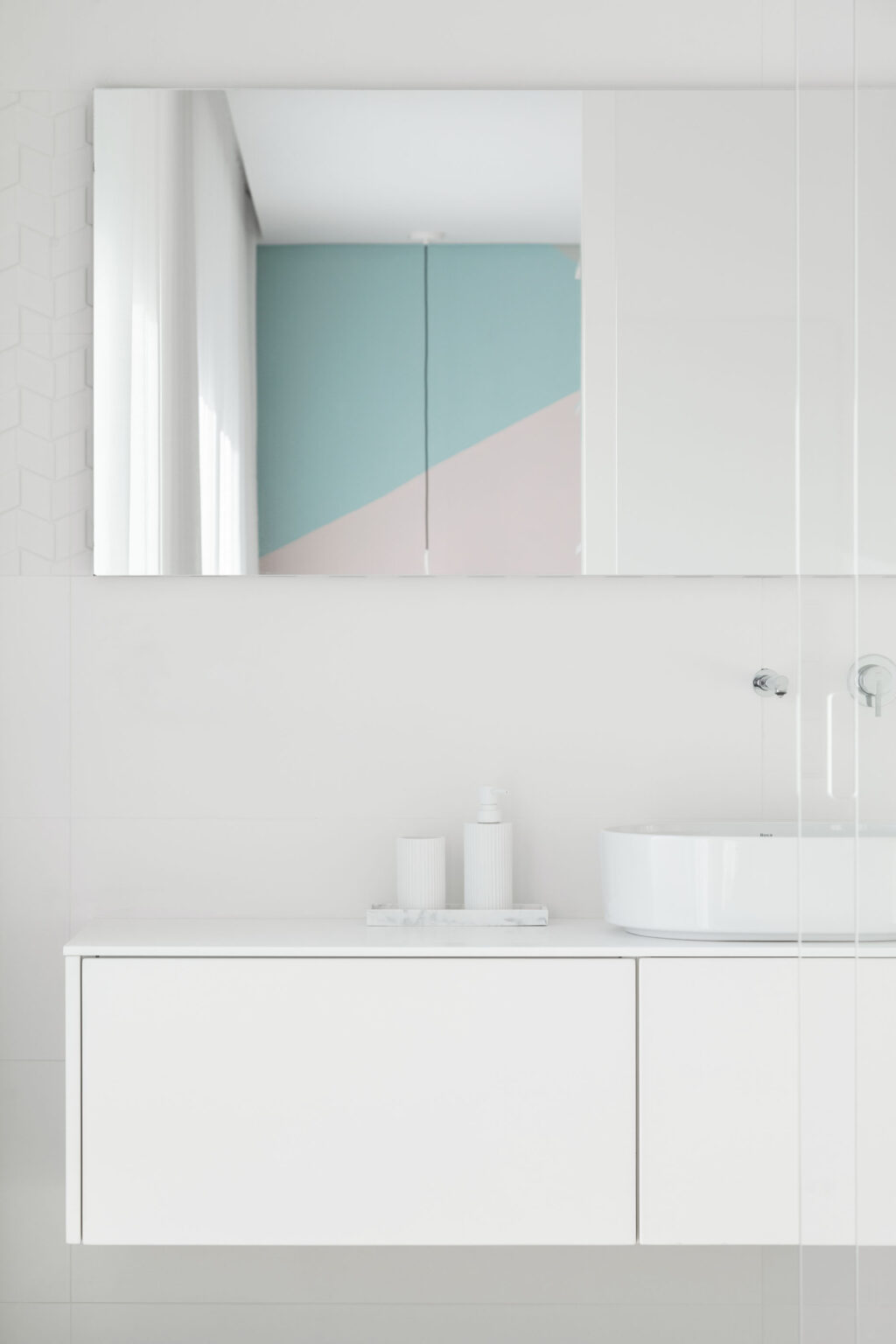
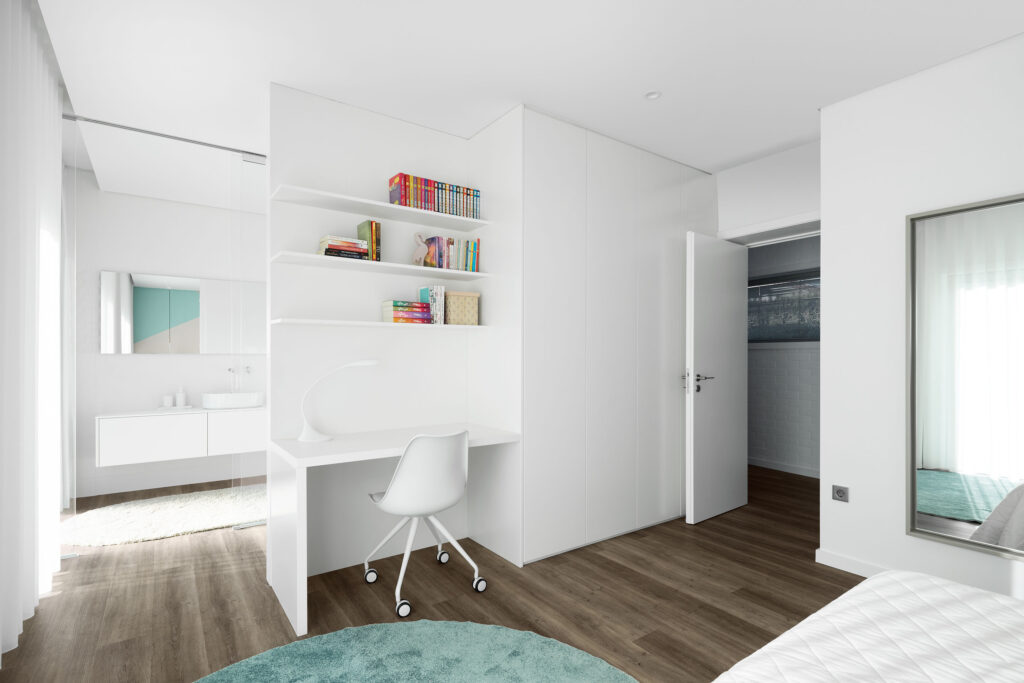
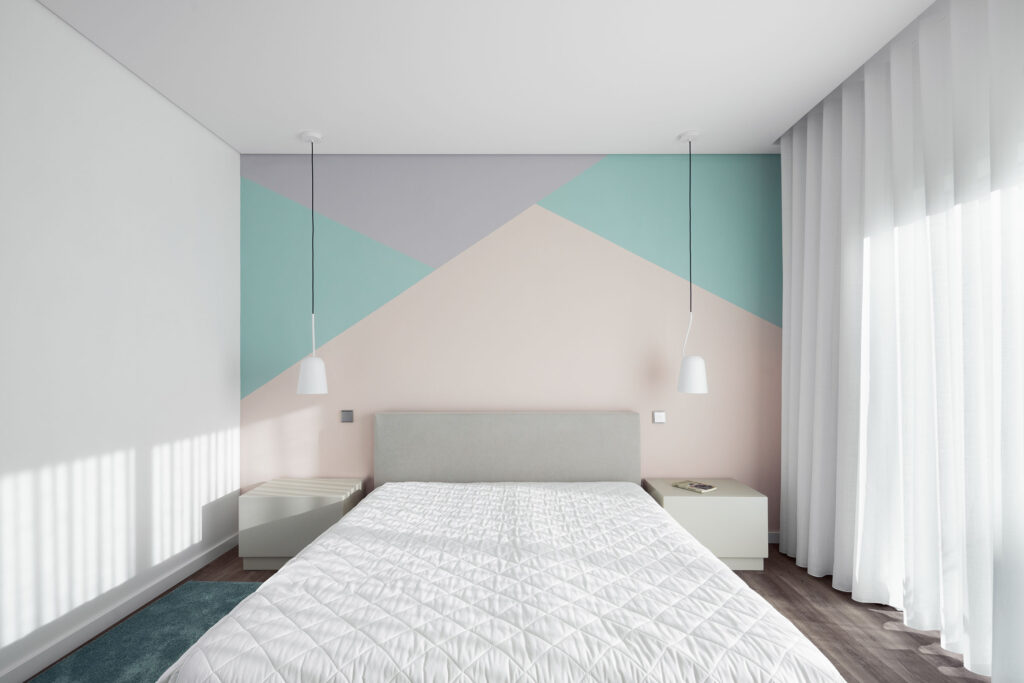
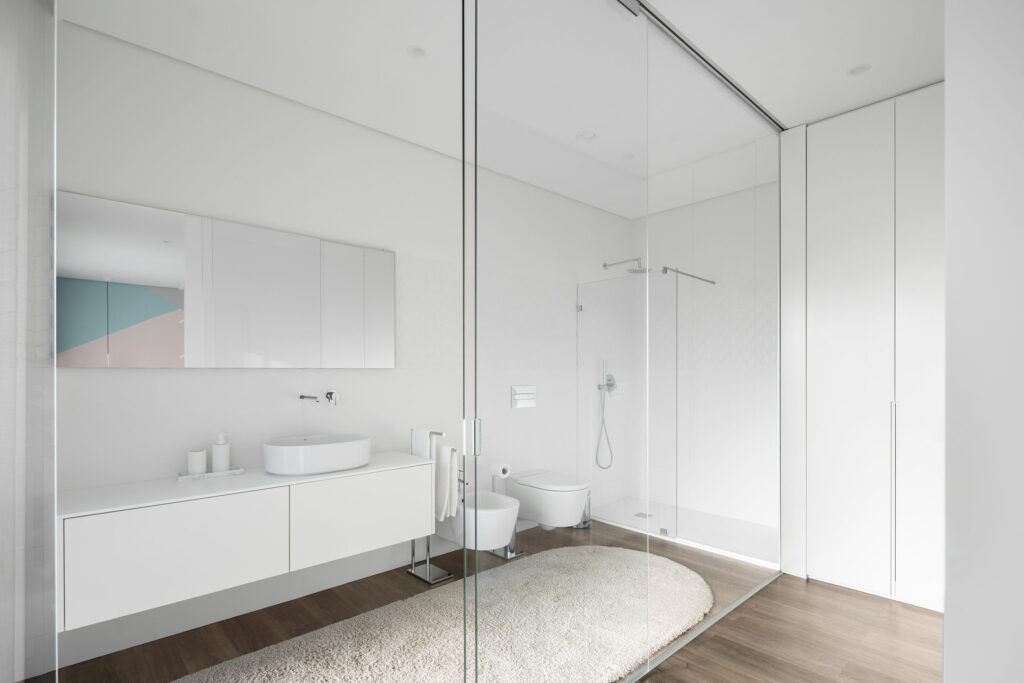
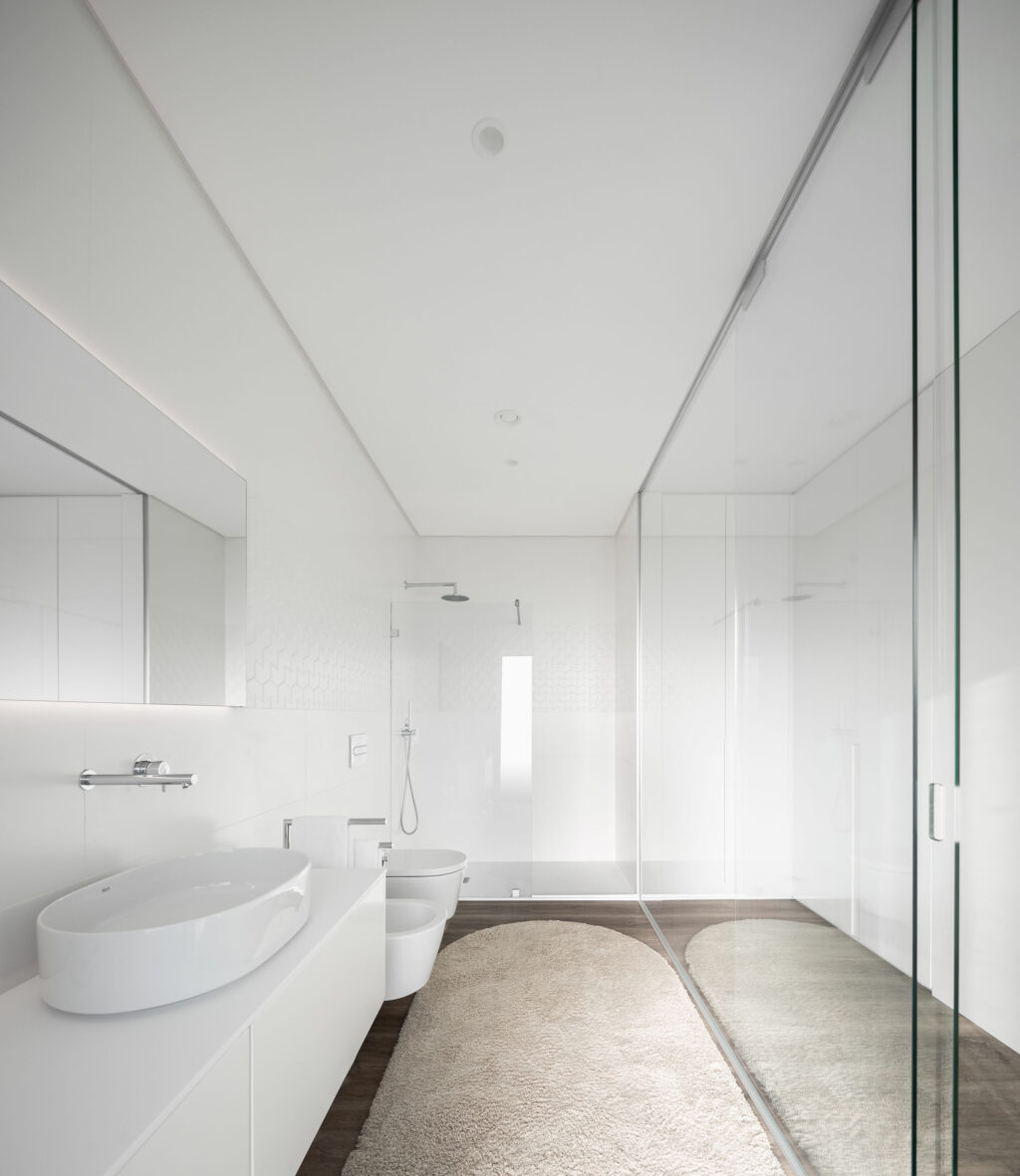
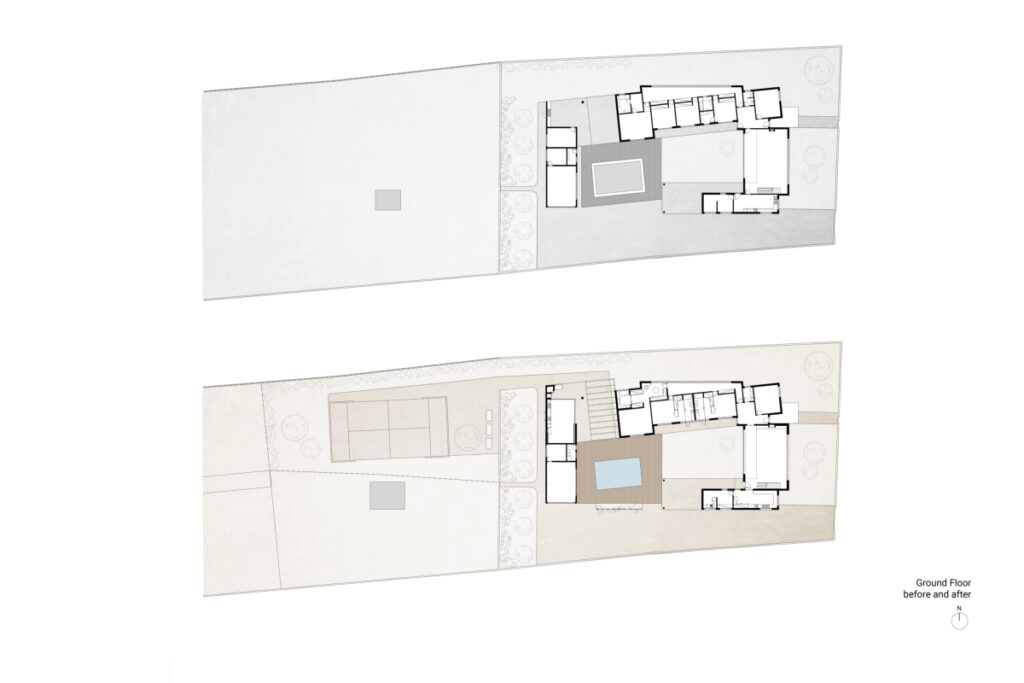
project info
Project name: J HOUSE
Type: Renovation of a single-family house
Client: Private
Location: Aveiro, Portugal
Status: Built
Project Author: Maria Fradinho (www.frari.pt)
Team: Ana Rita Luis, Jessica Barreto
Project date: 2016-2017
Construction Dates: 2018-2019
Plot Area: 10300 m2
Implant Area: 650 m2
Construction area: 735 m2
Original Project Author: Fatima Martins
Landscape Architect: Gardens and Exteriores - Arthur Pereira
Photography Credits: Its – Ivo Tavares Studio

